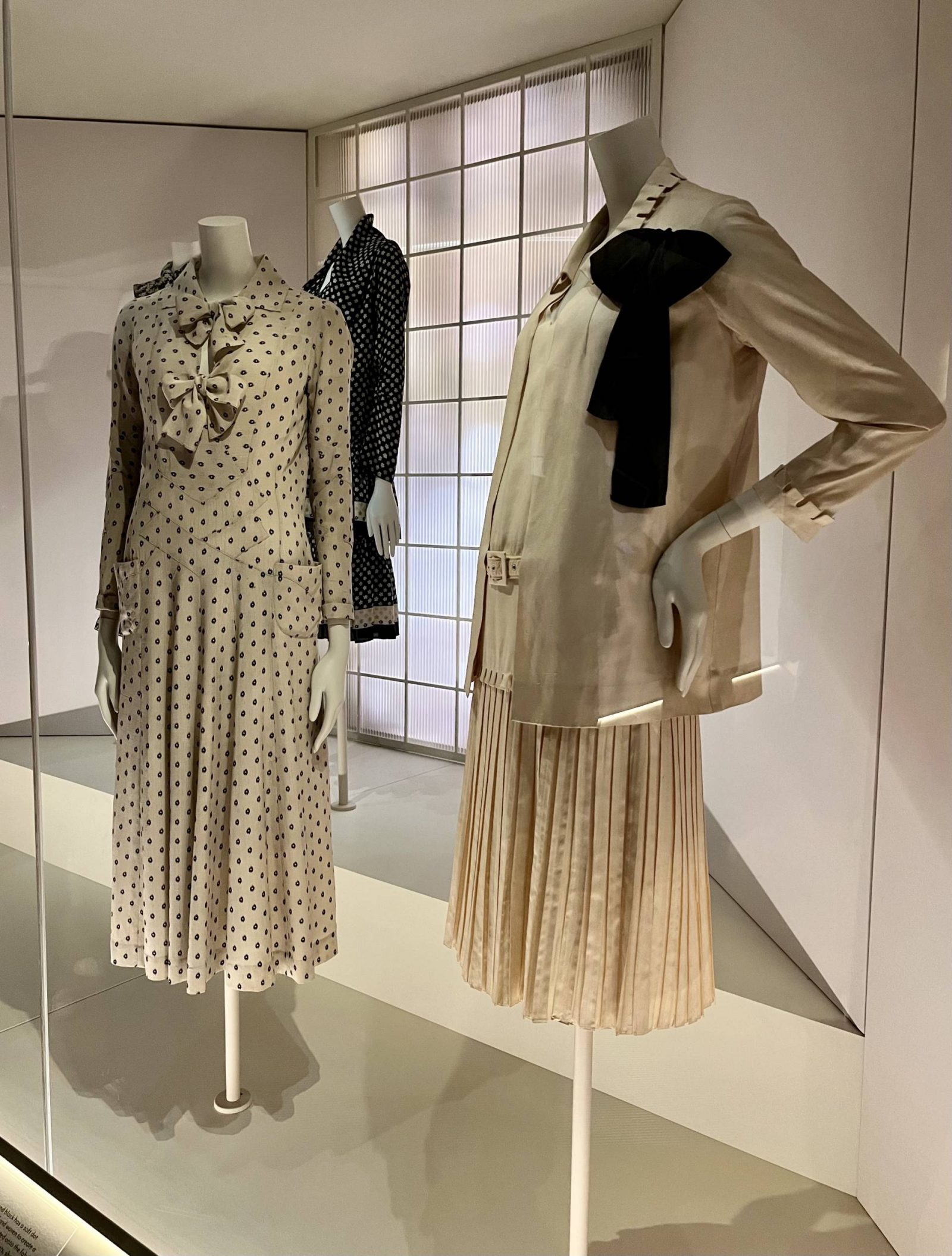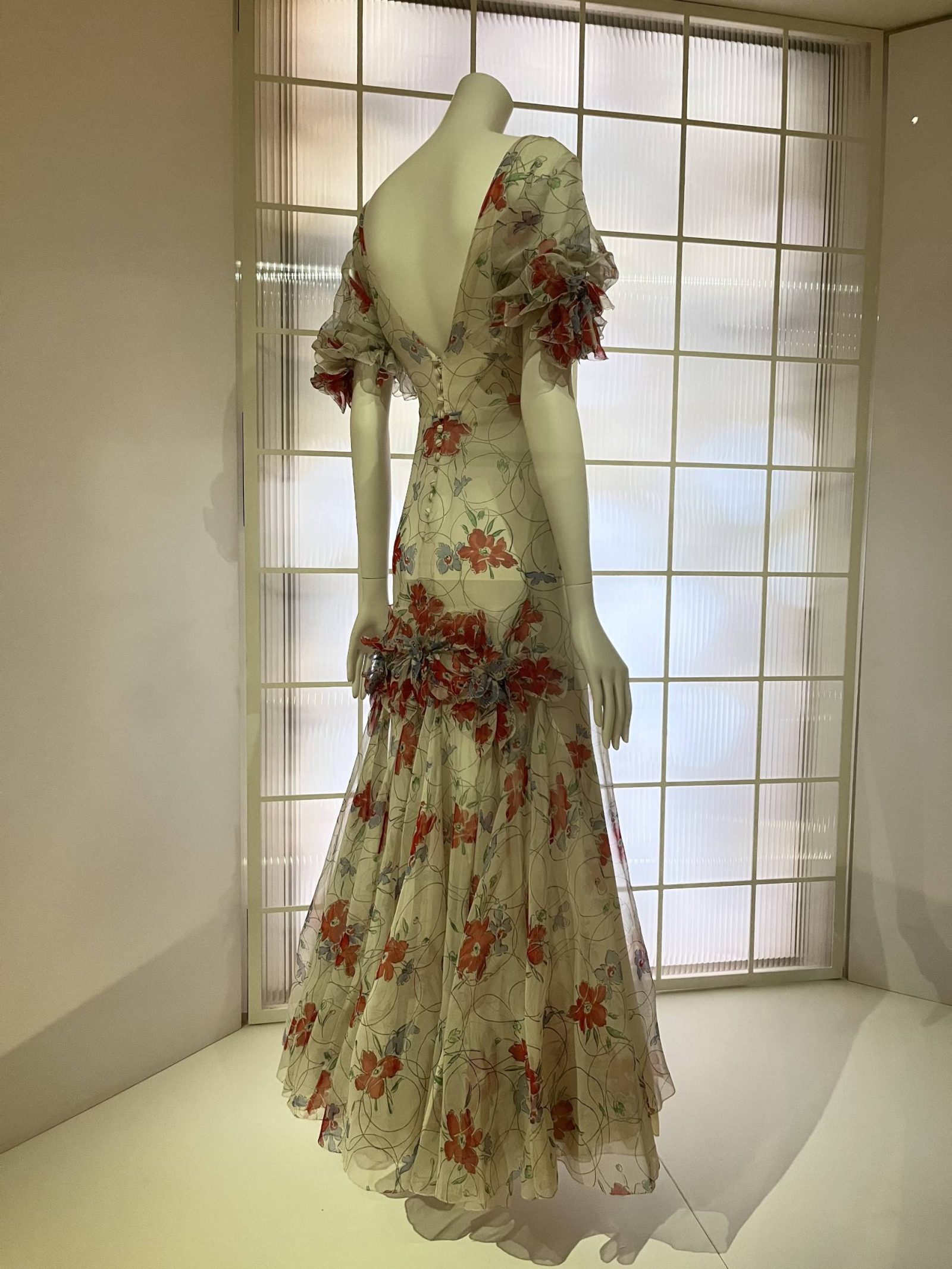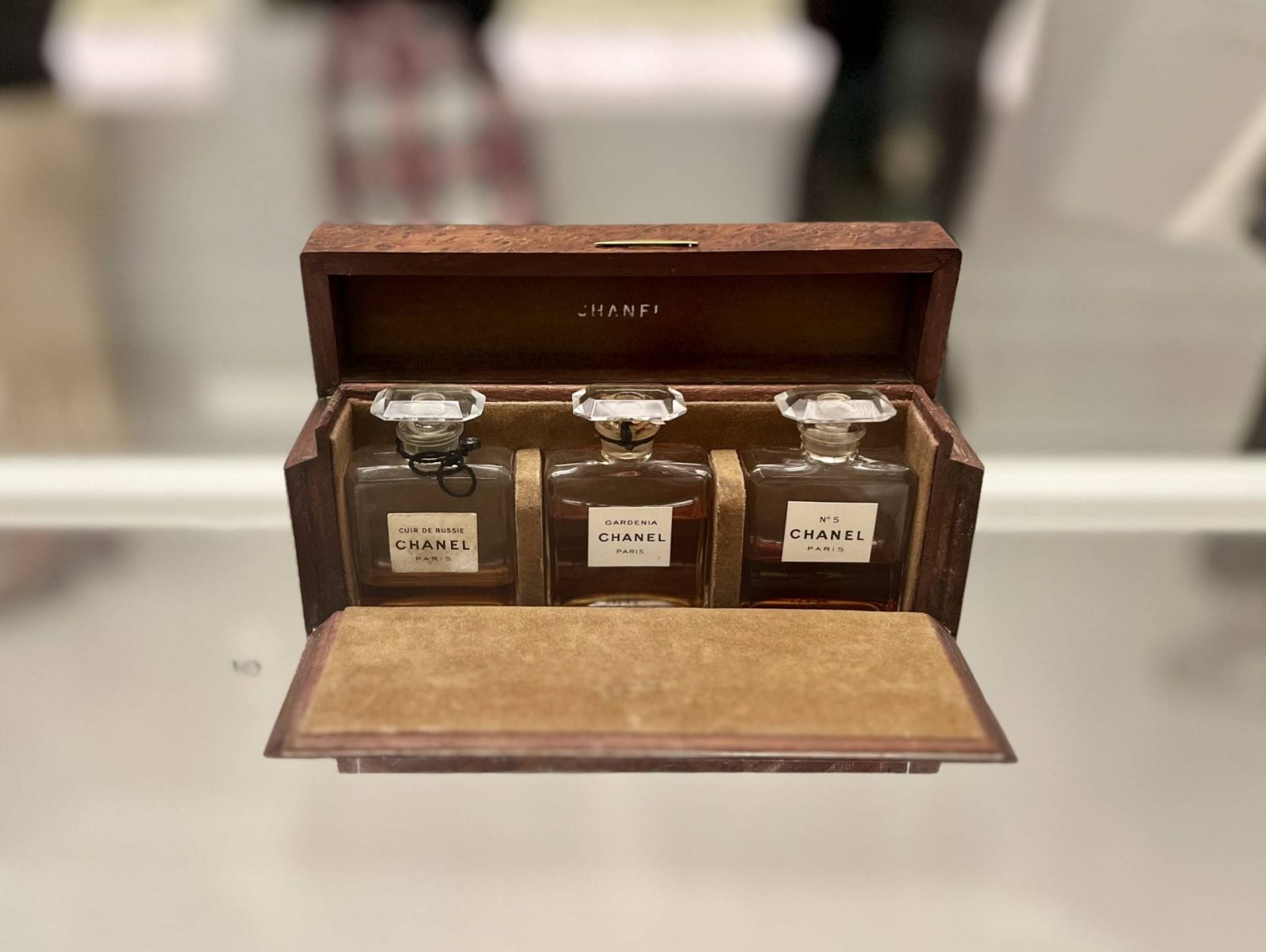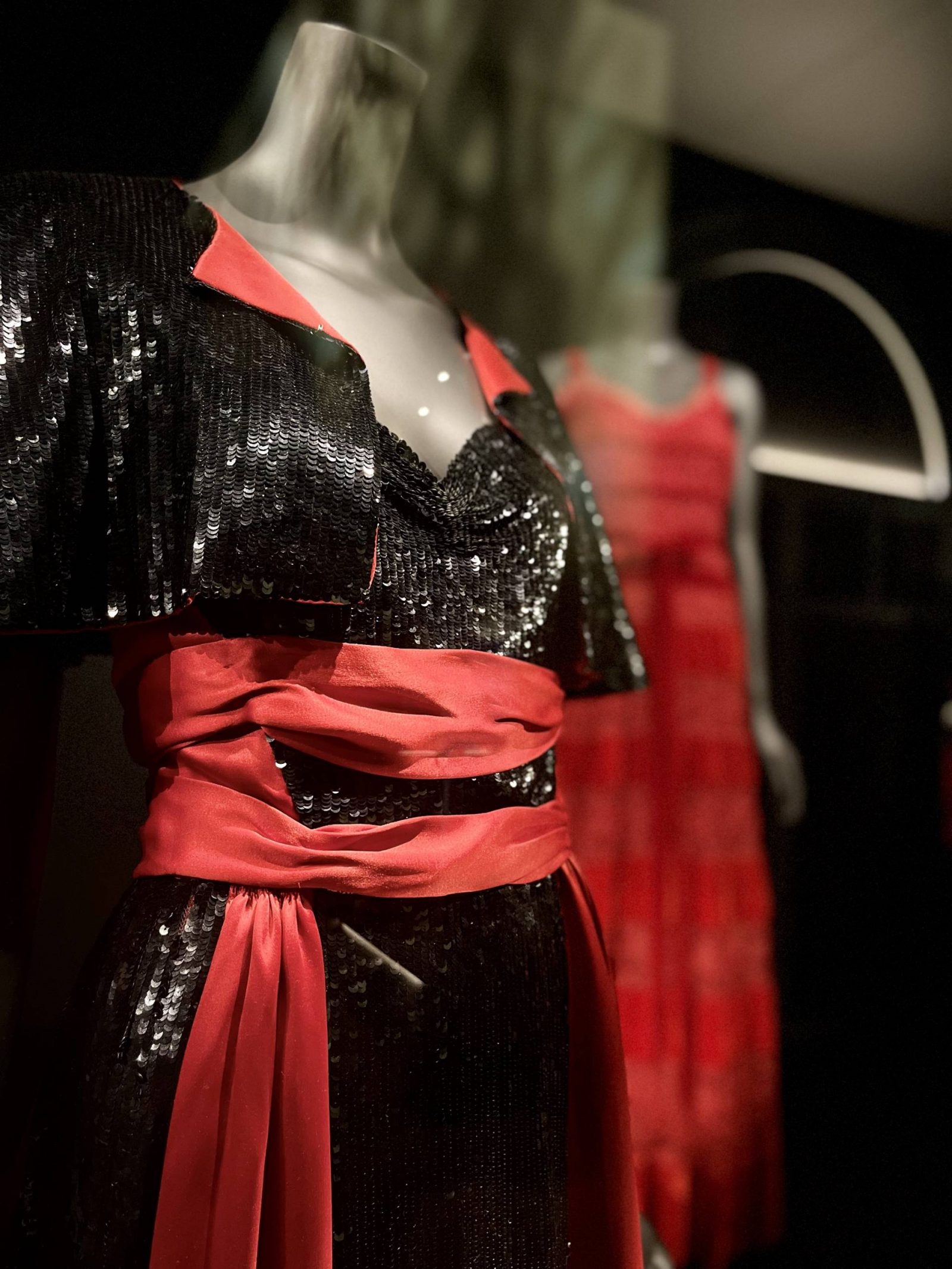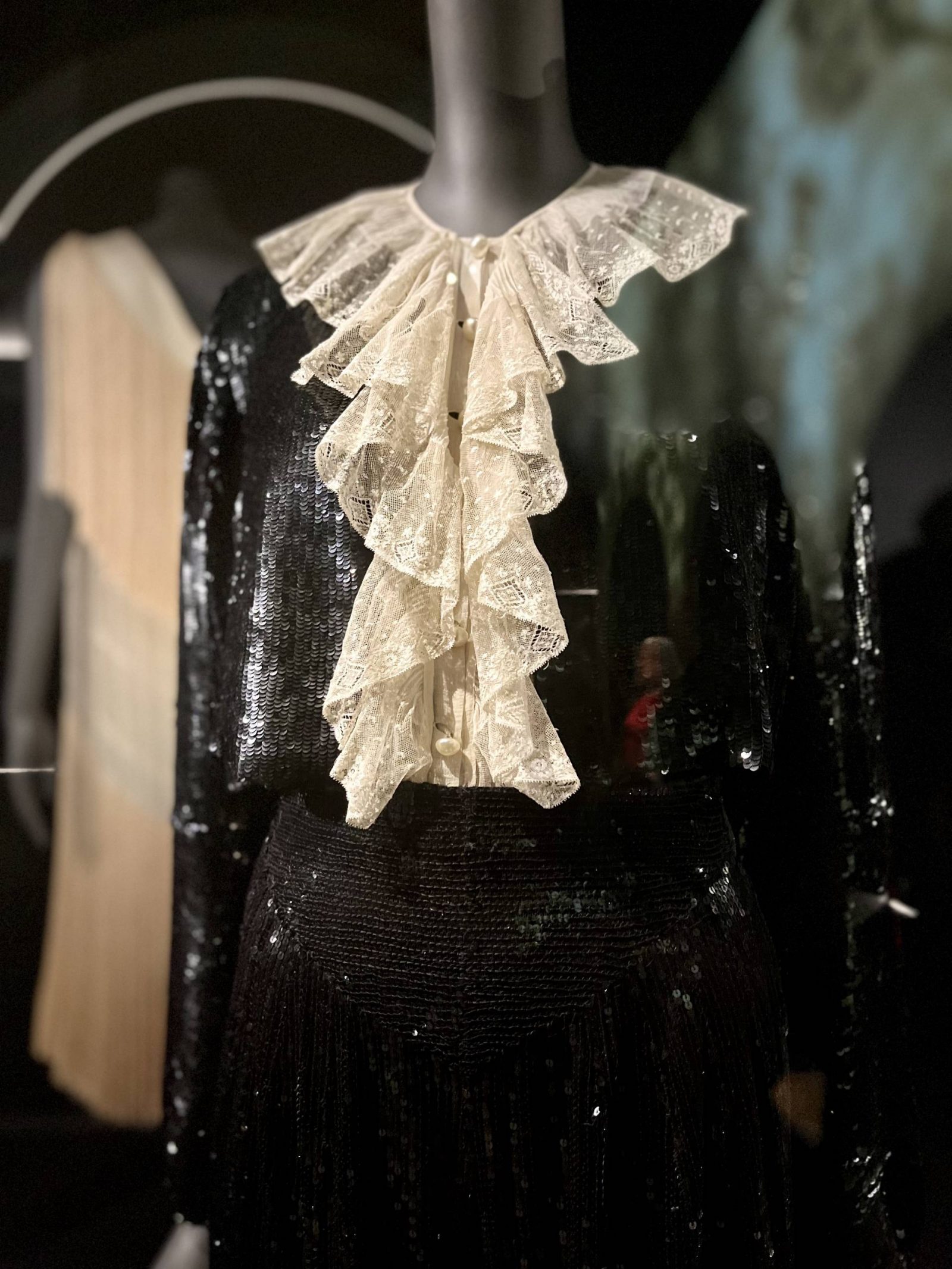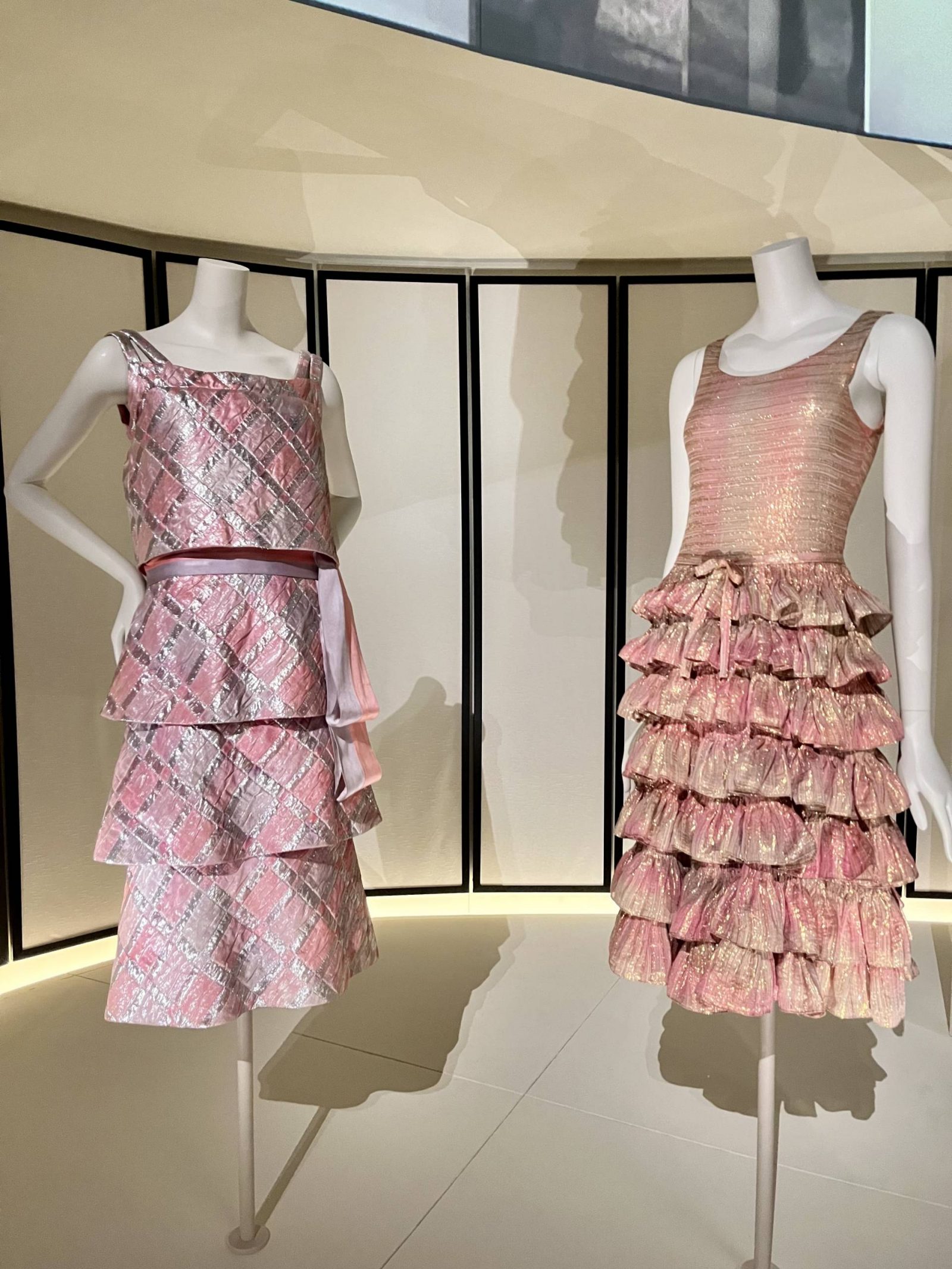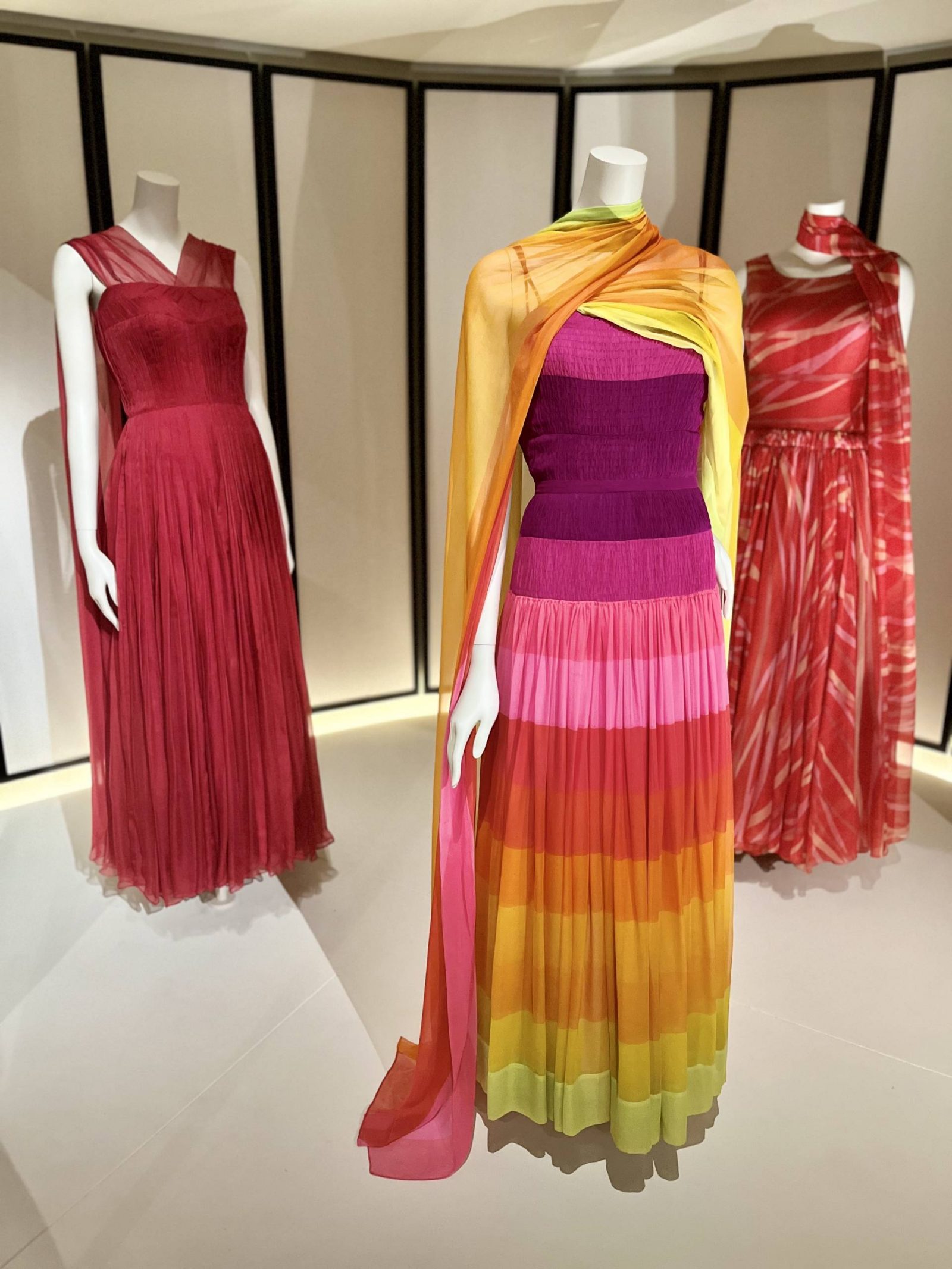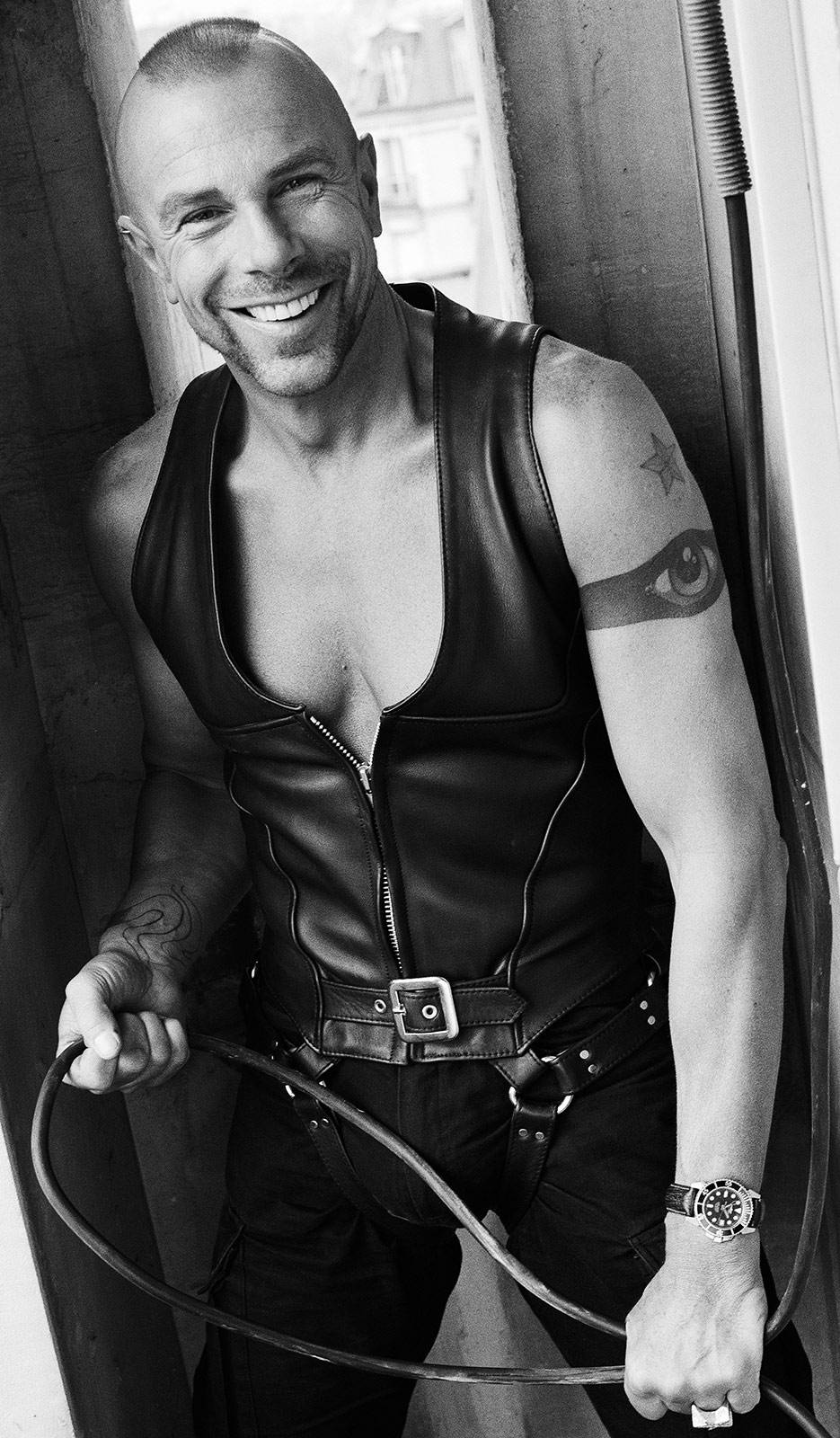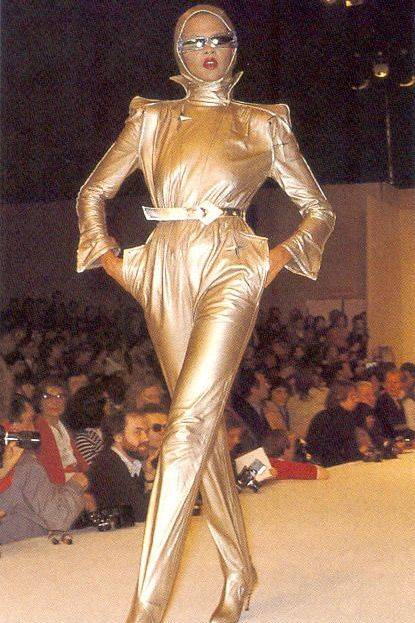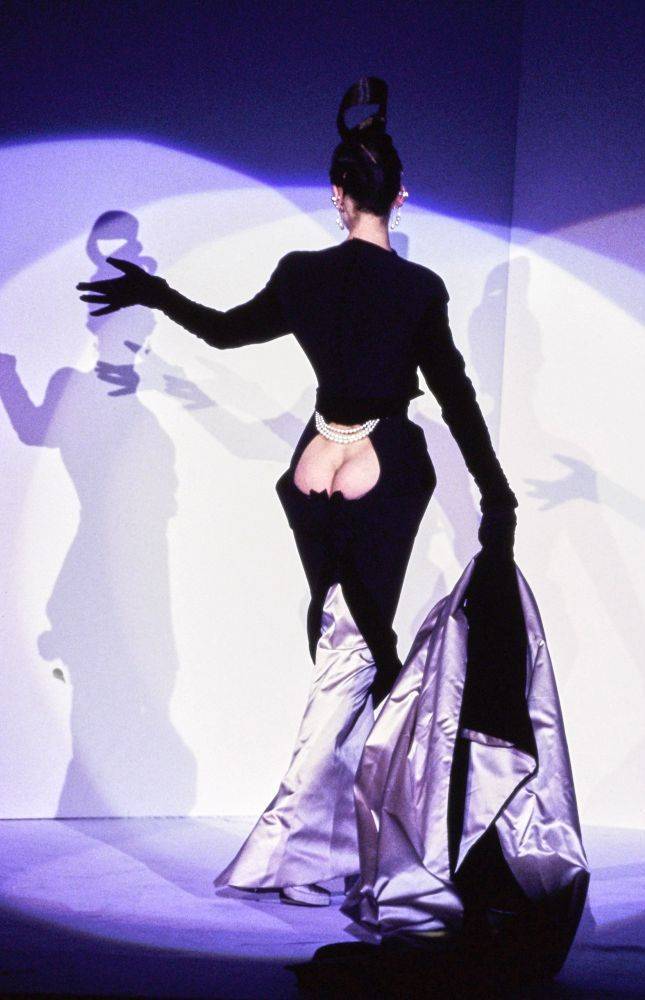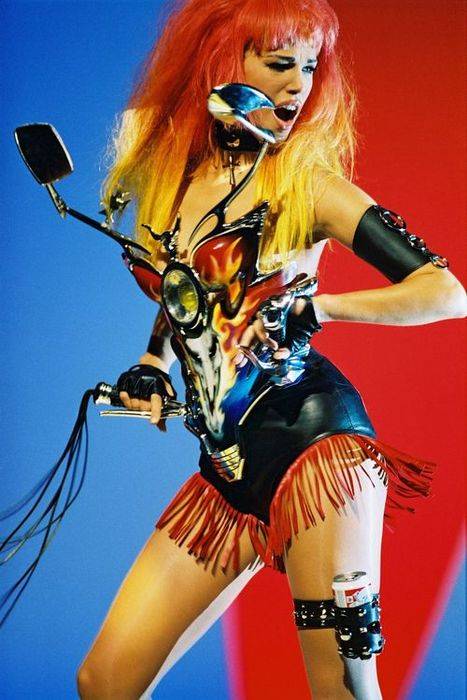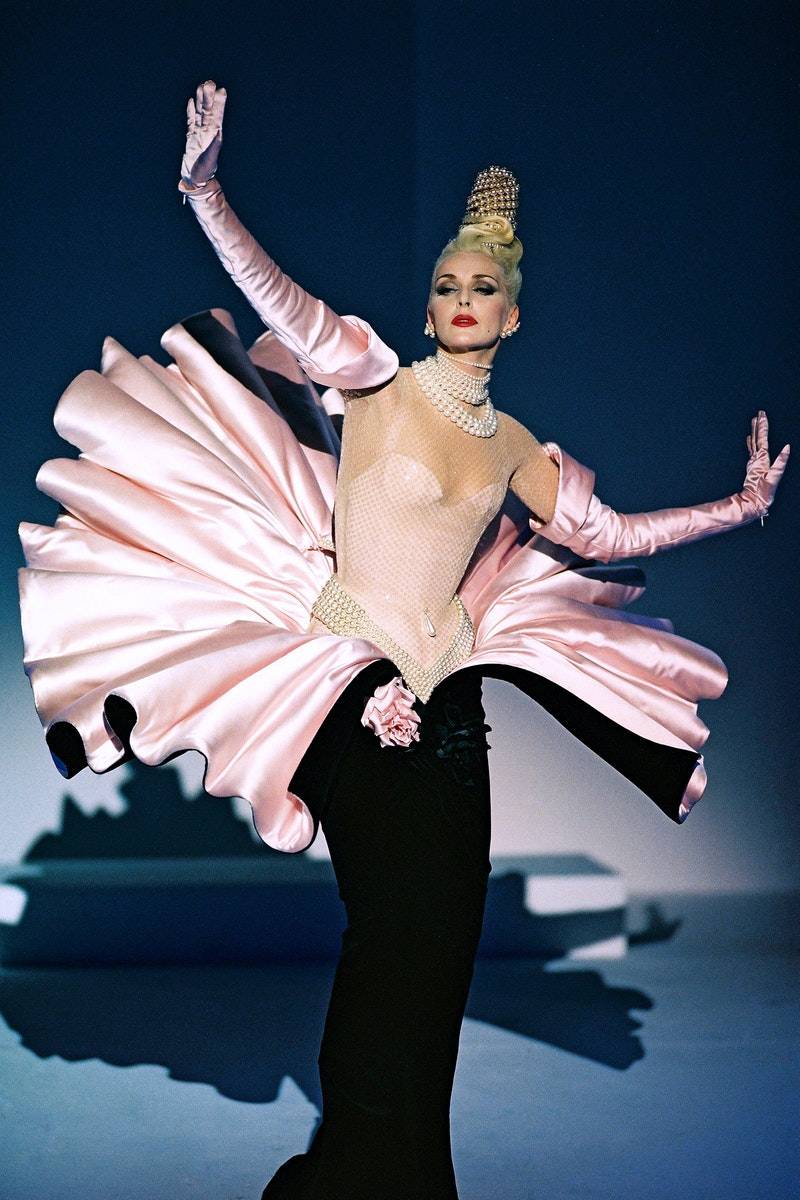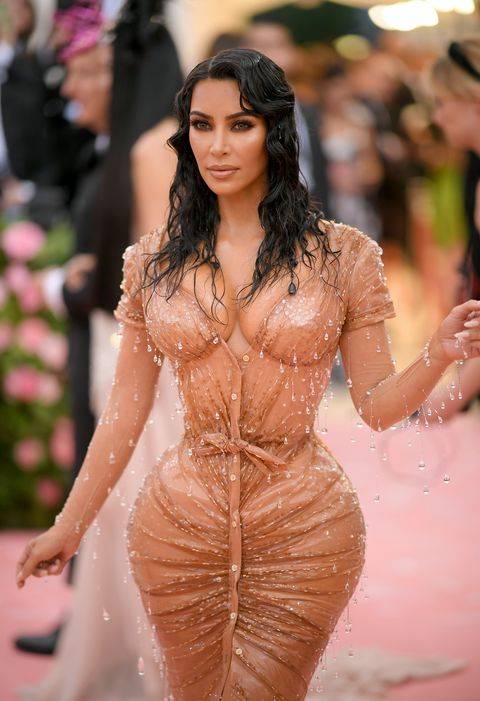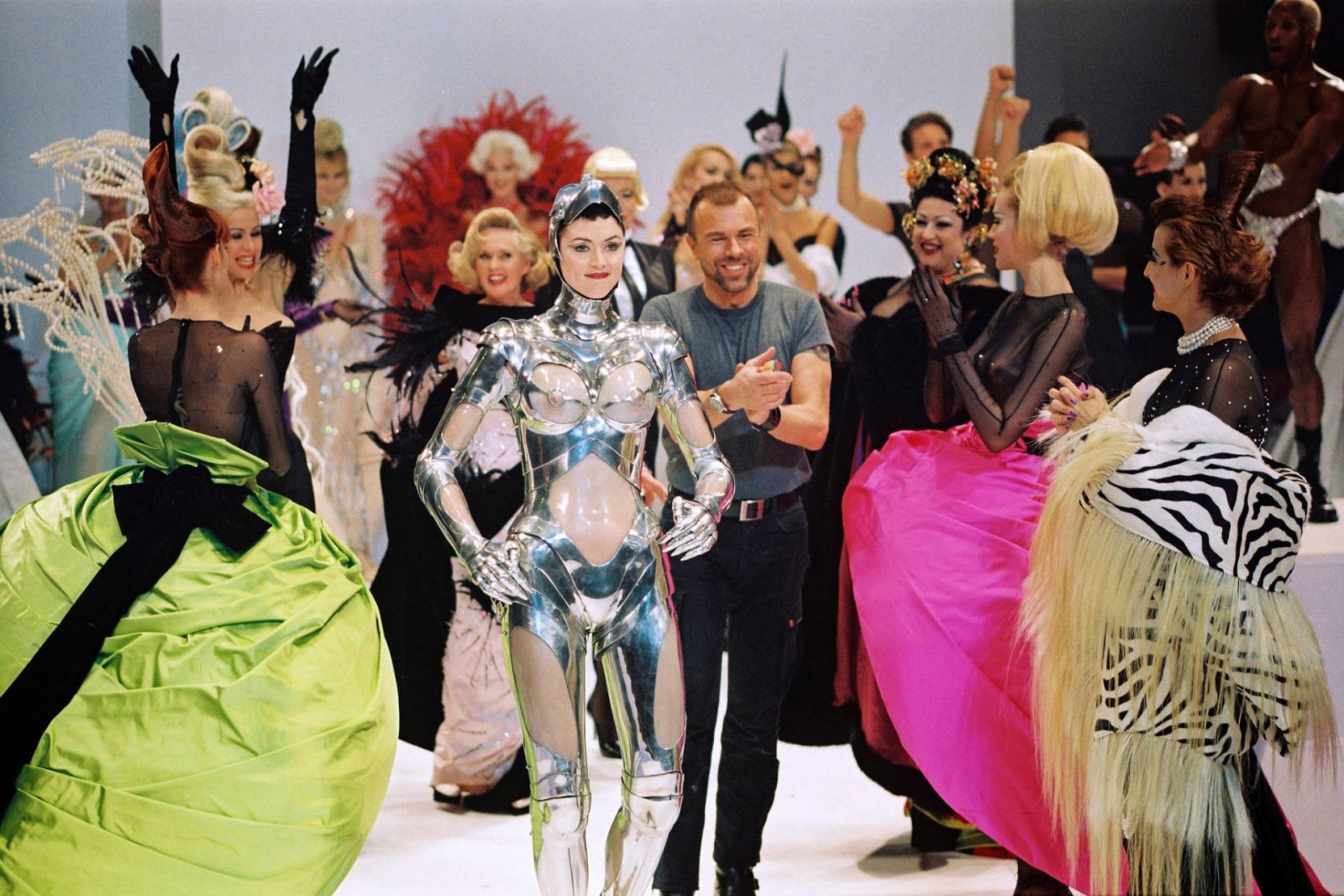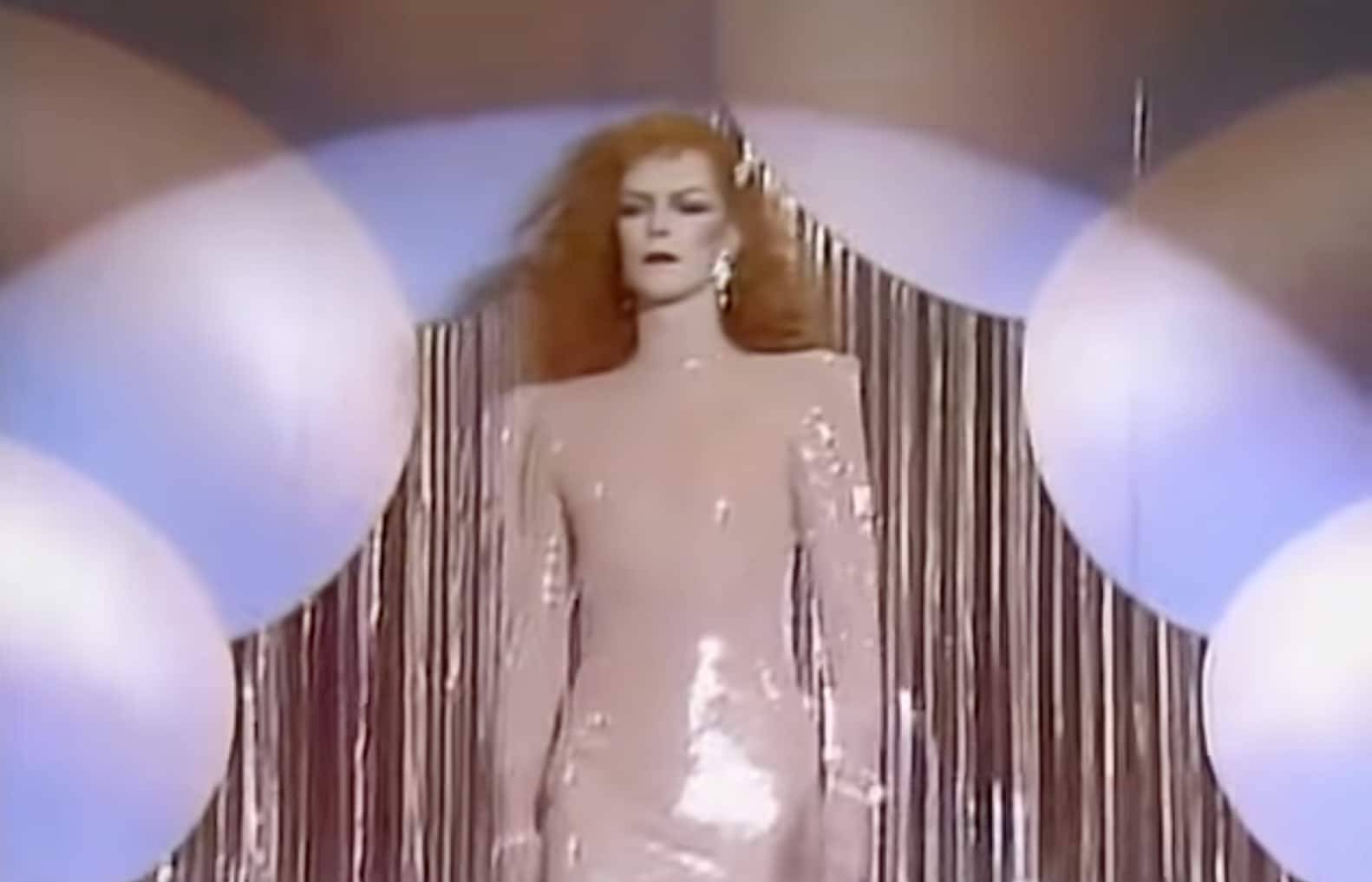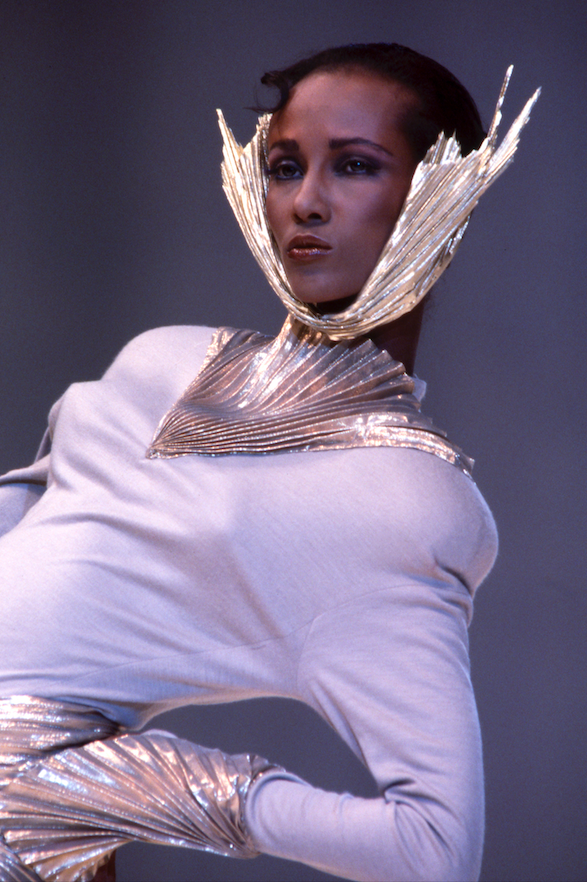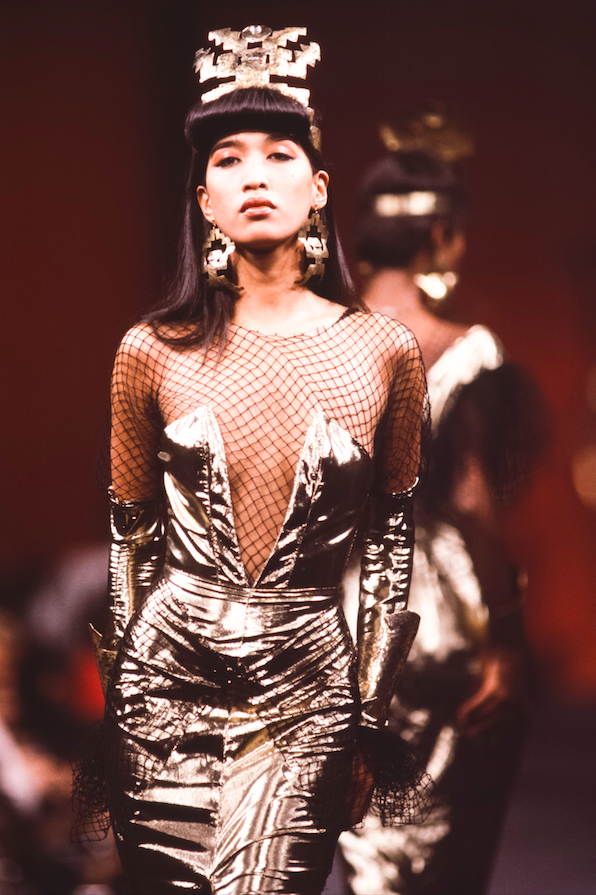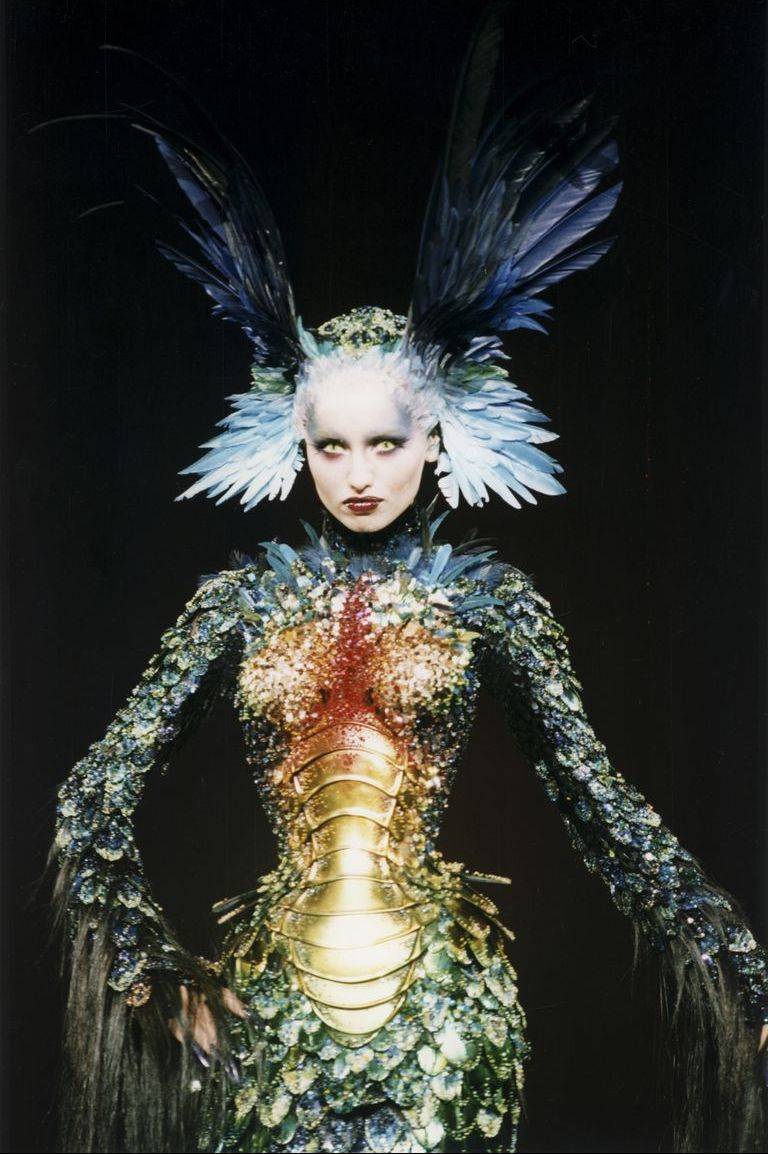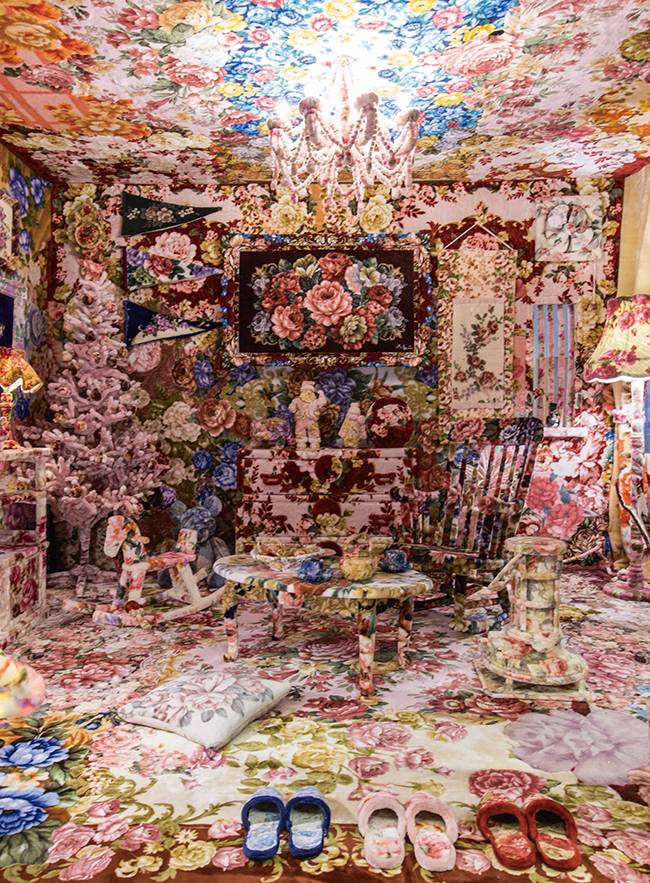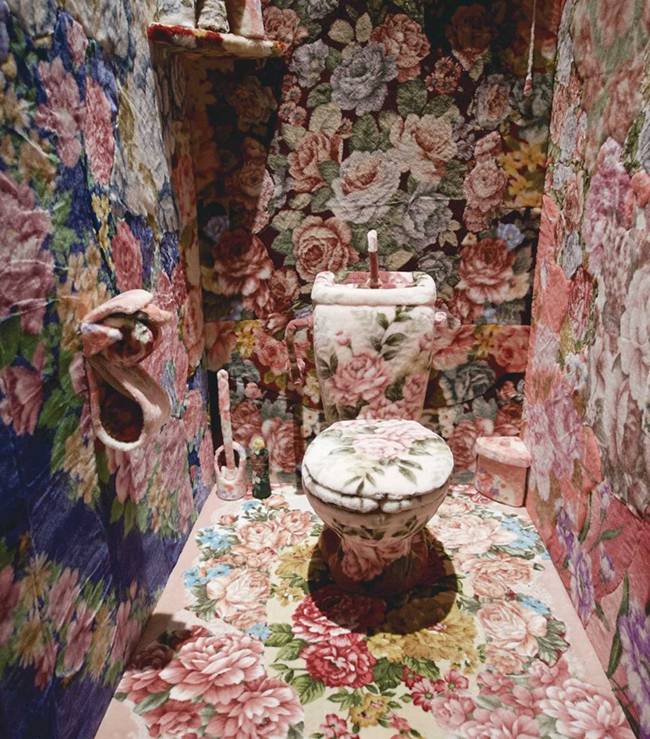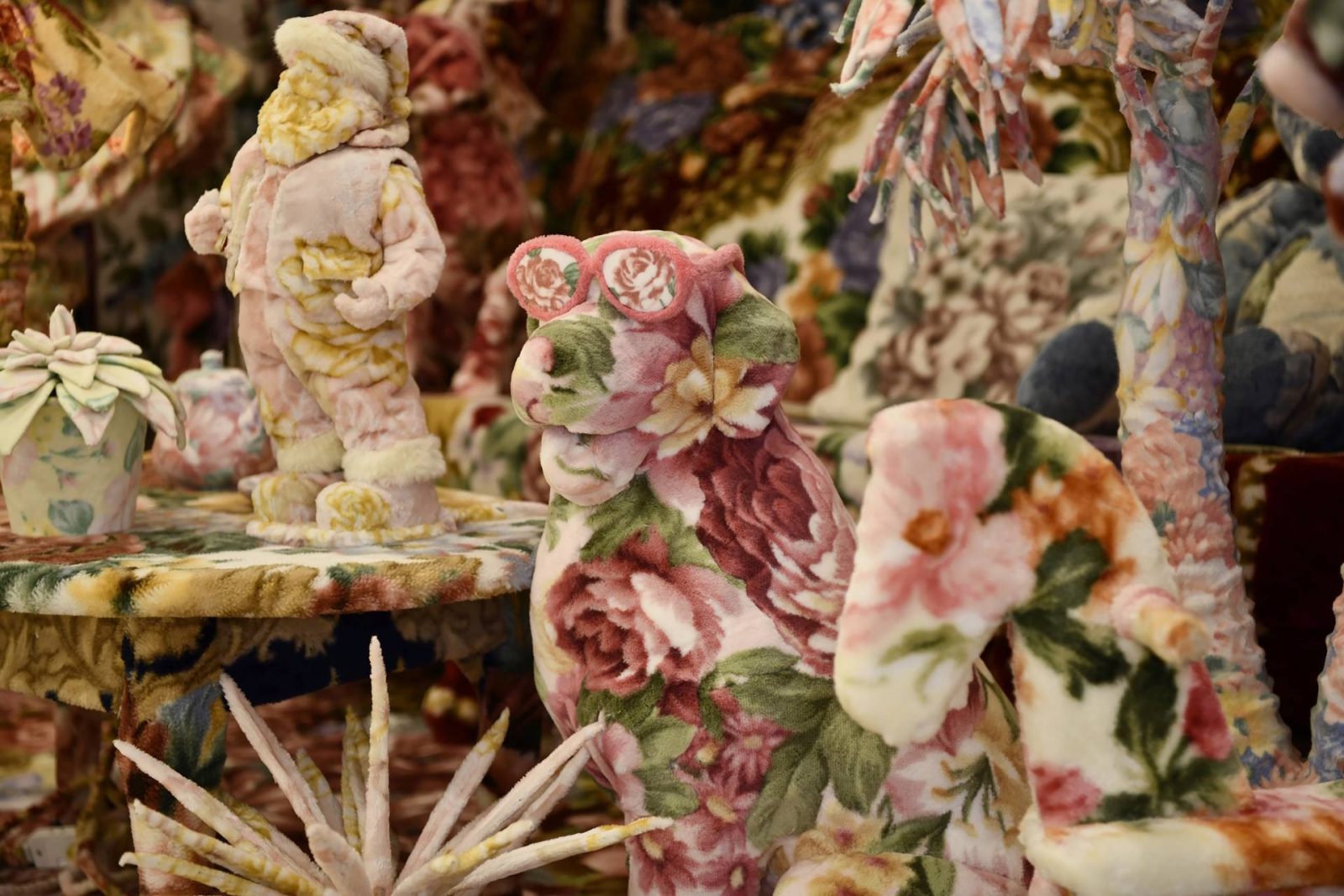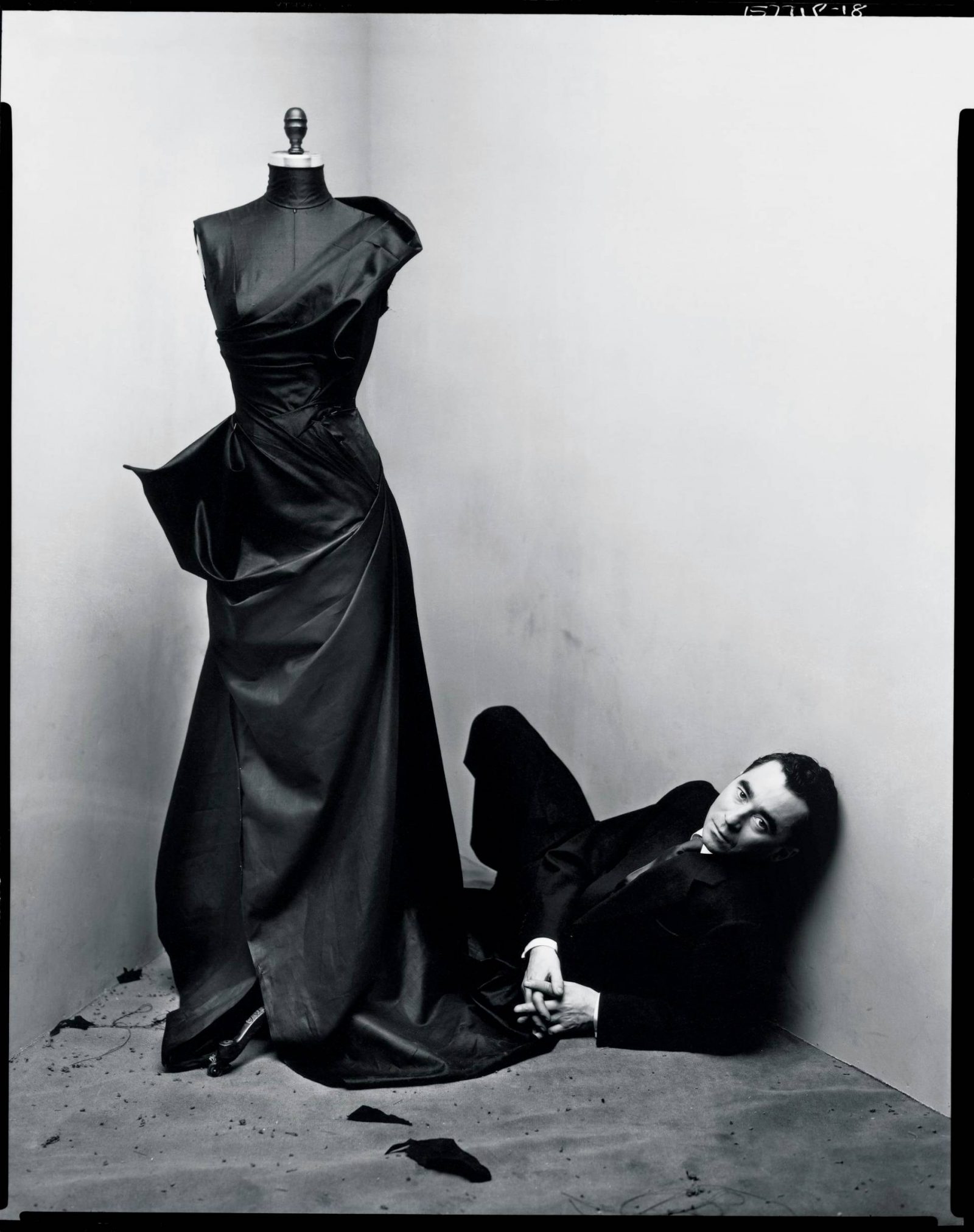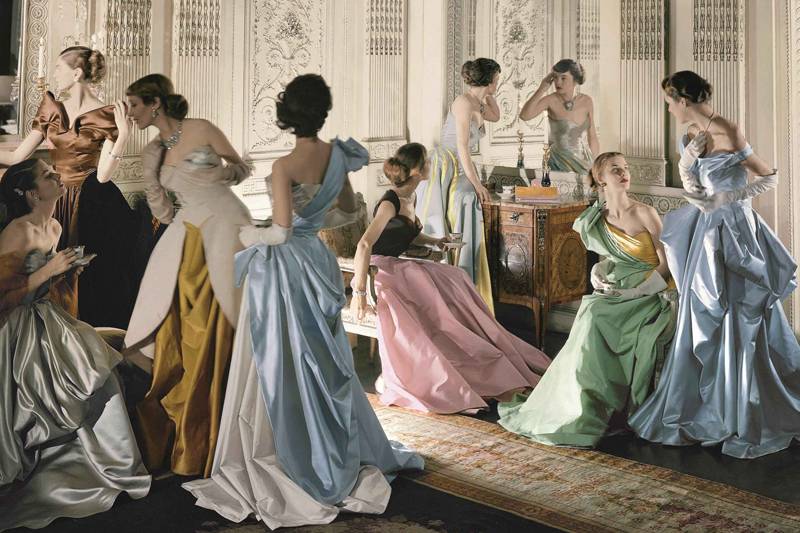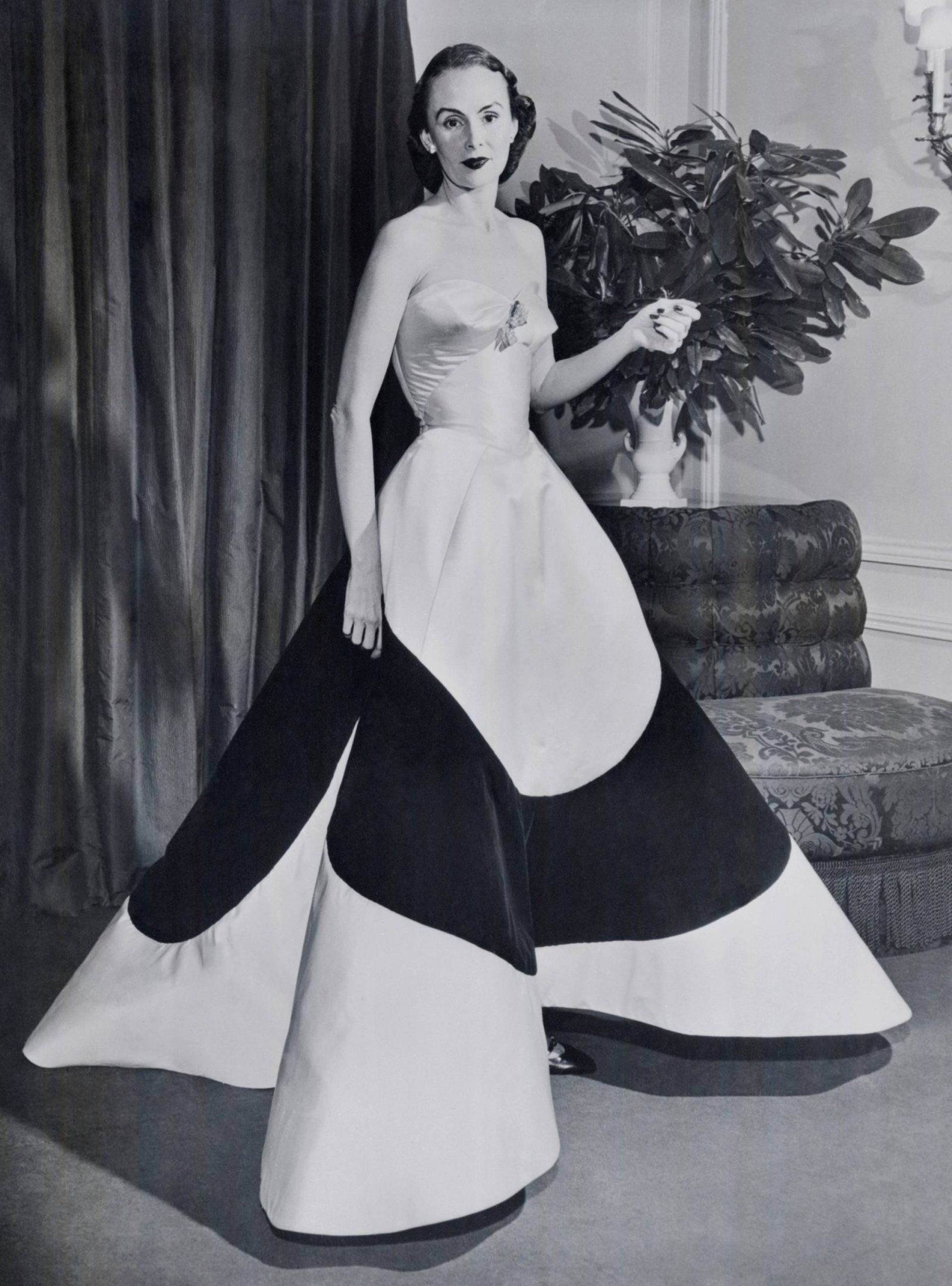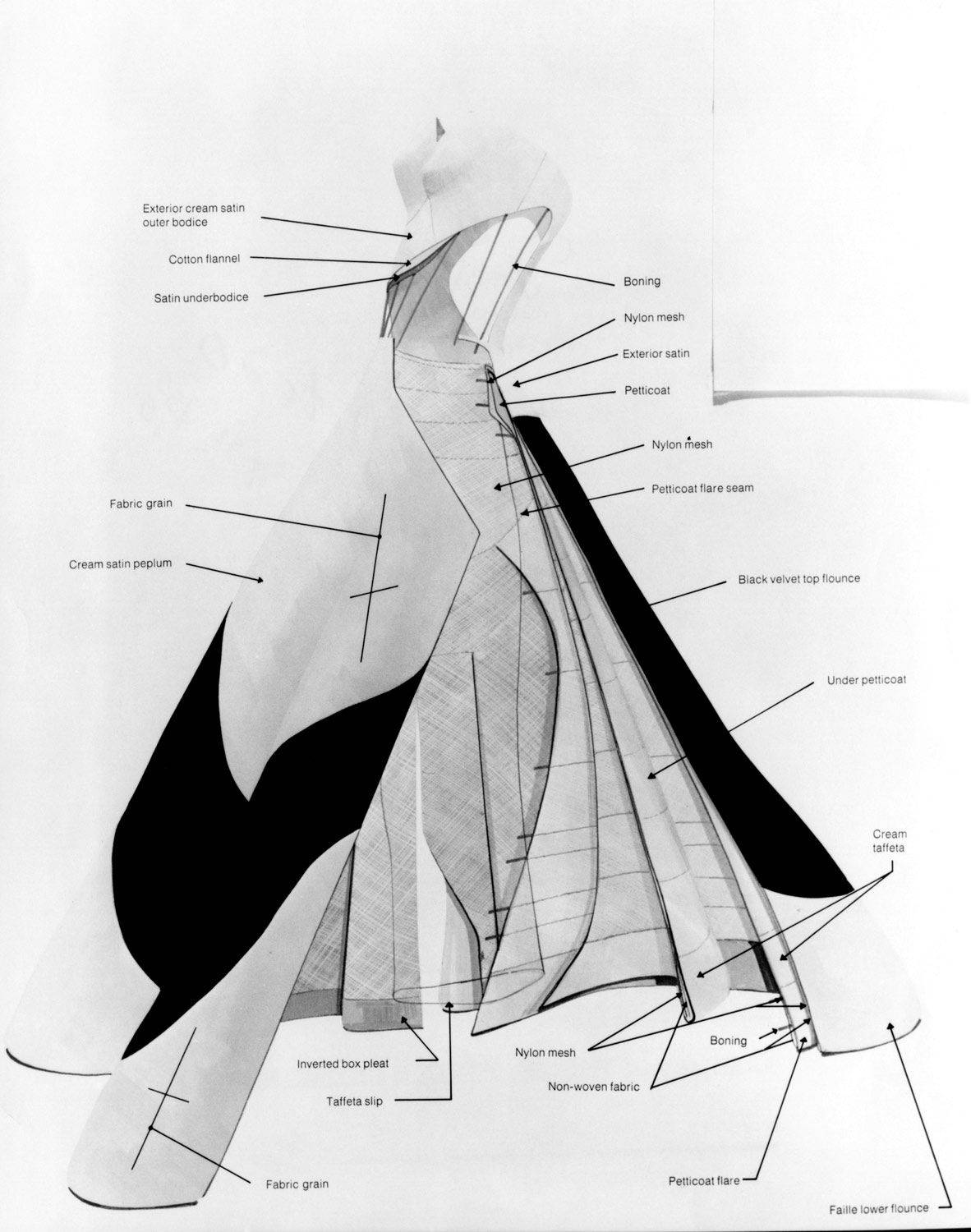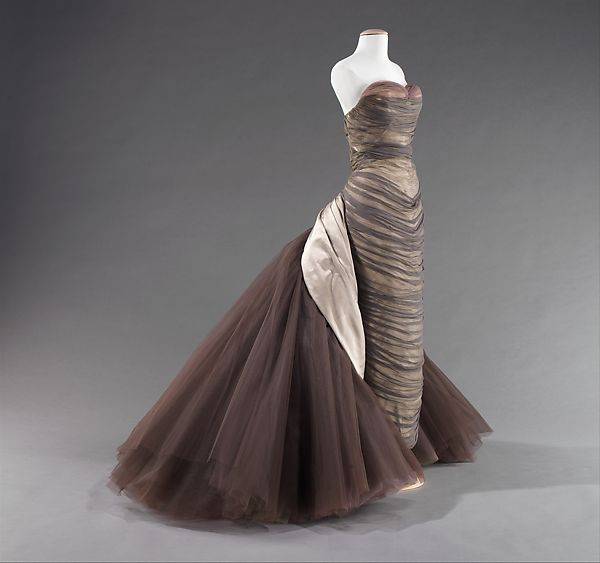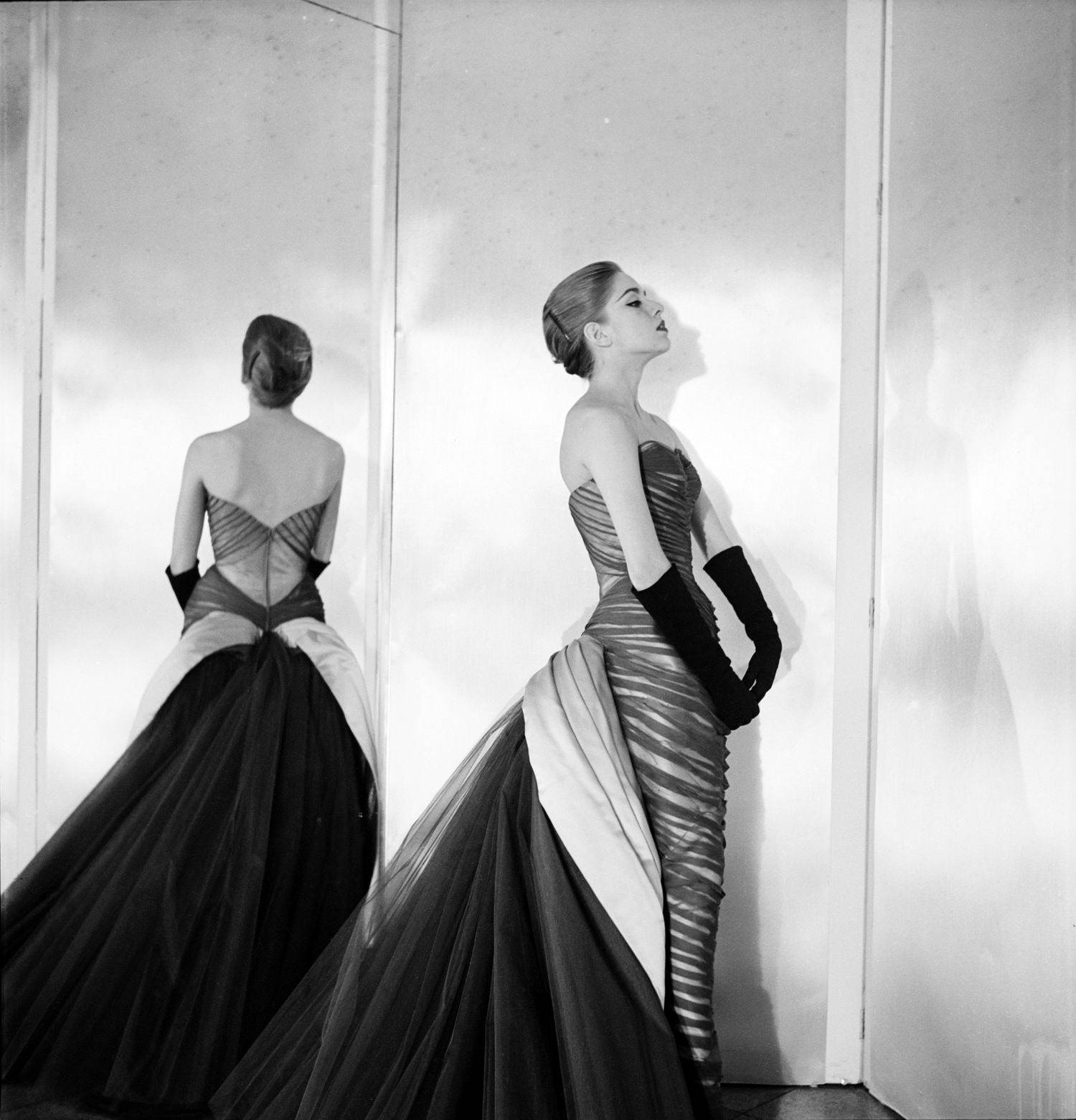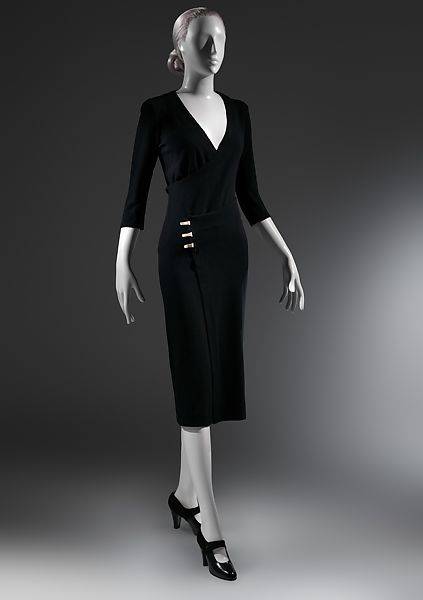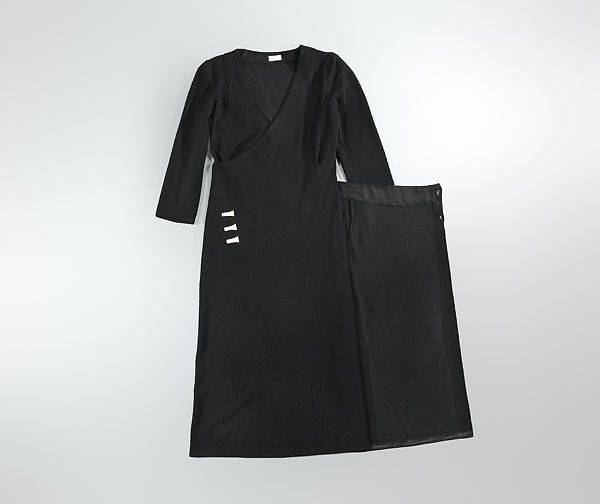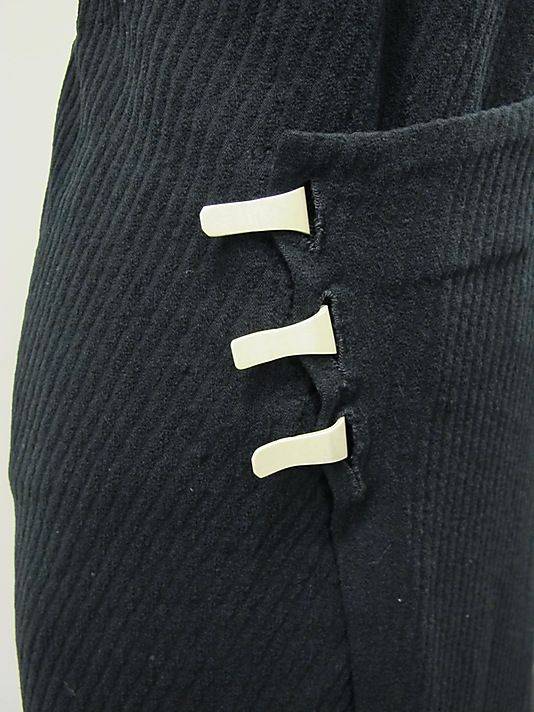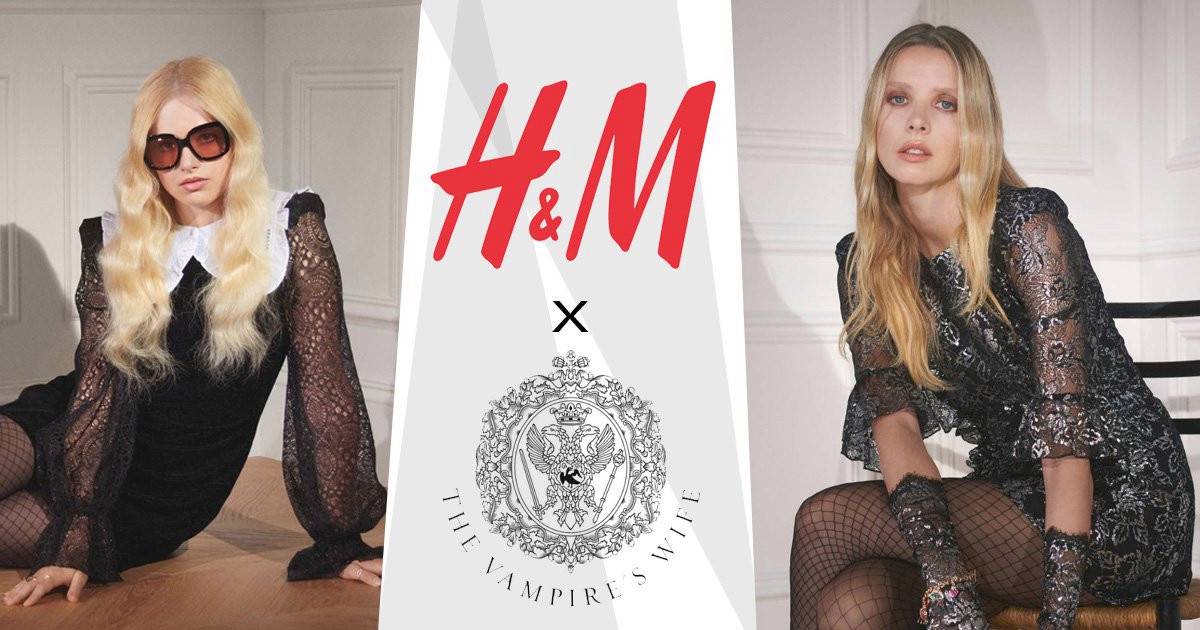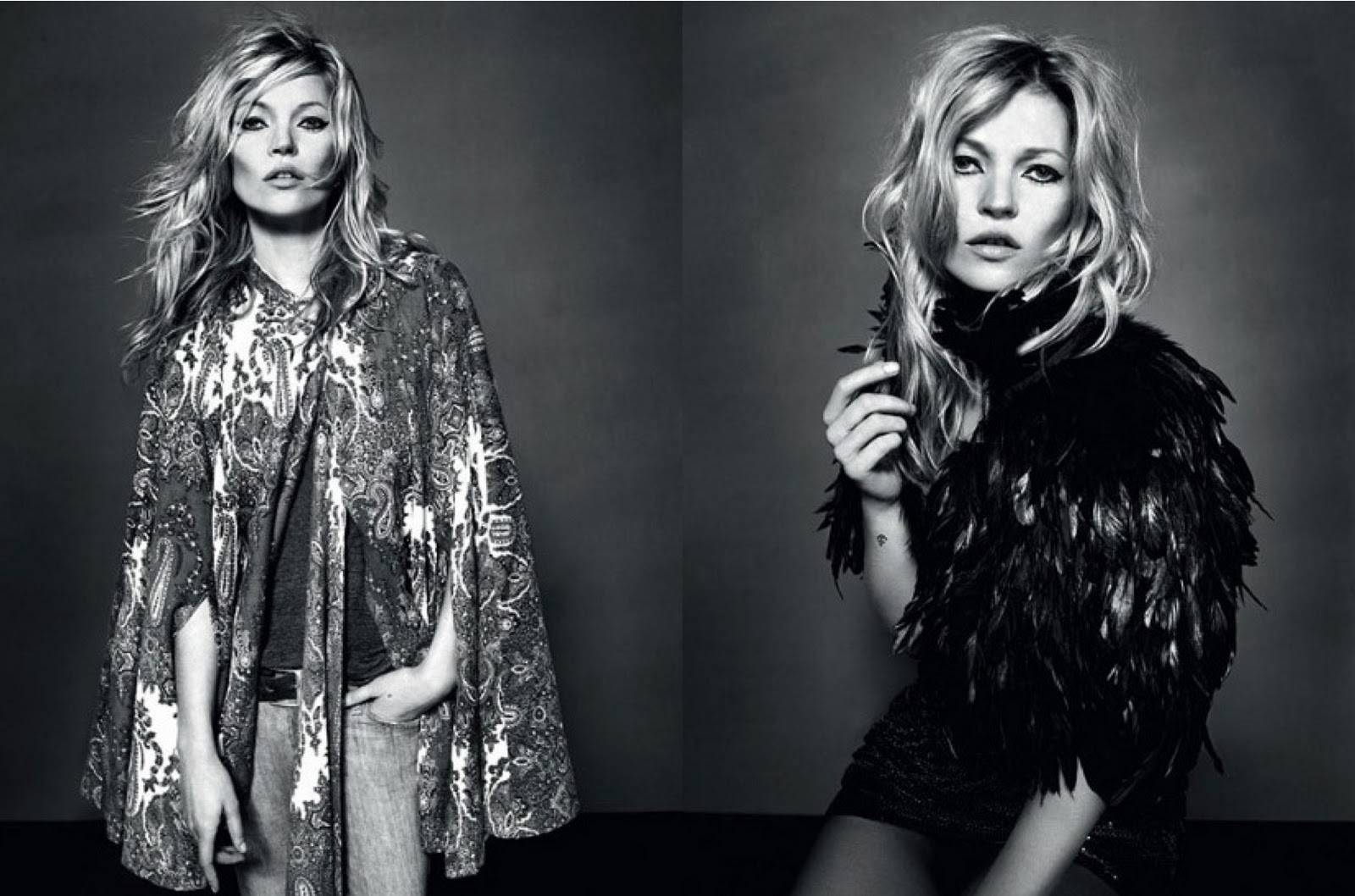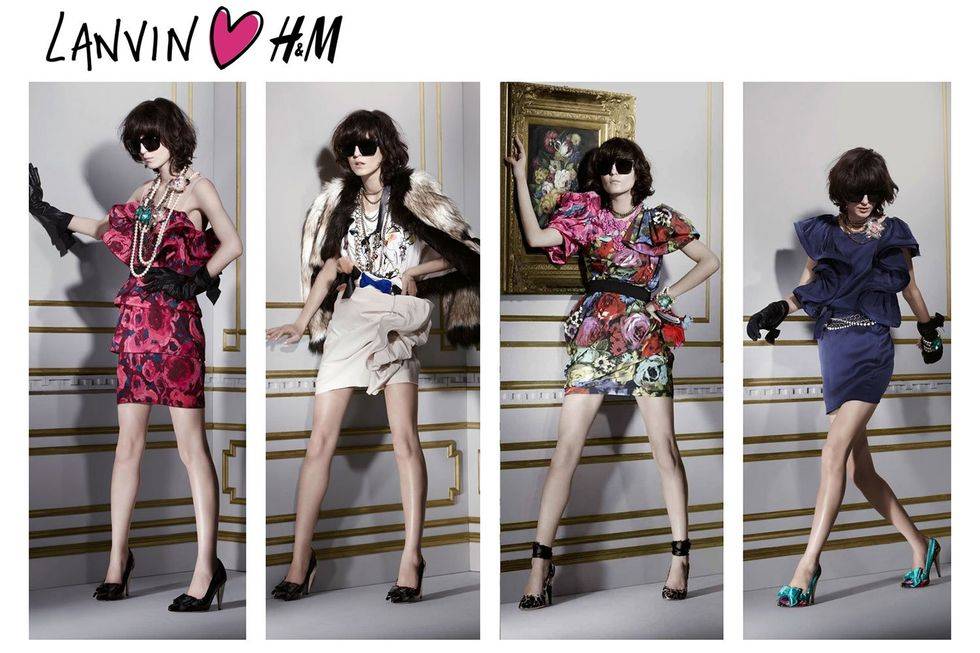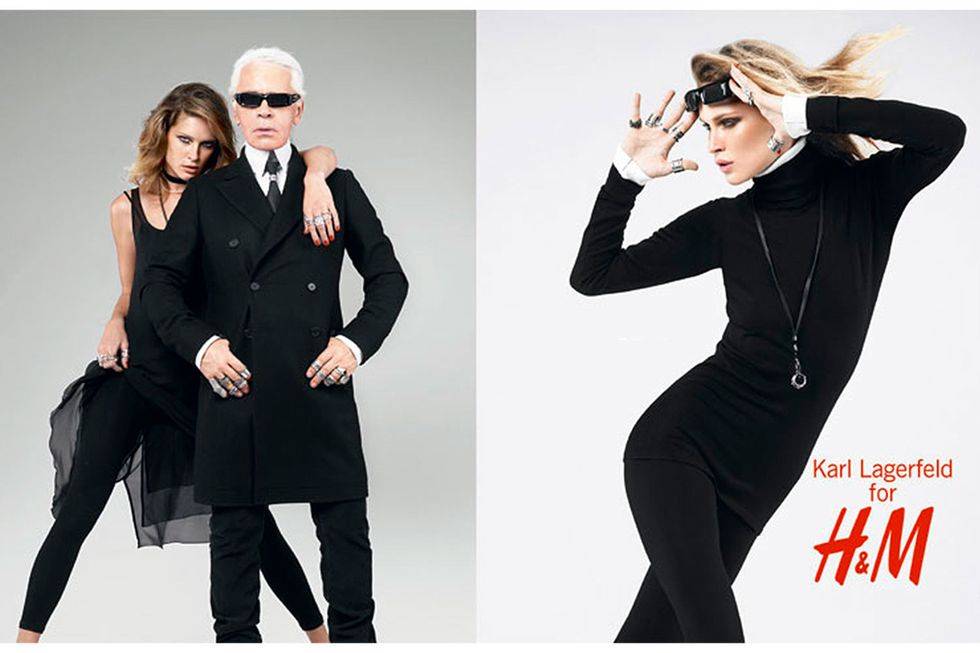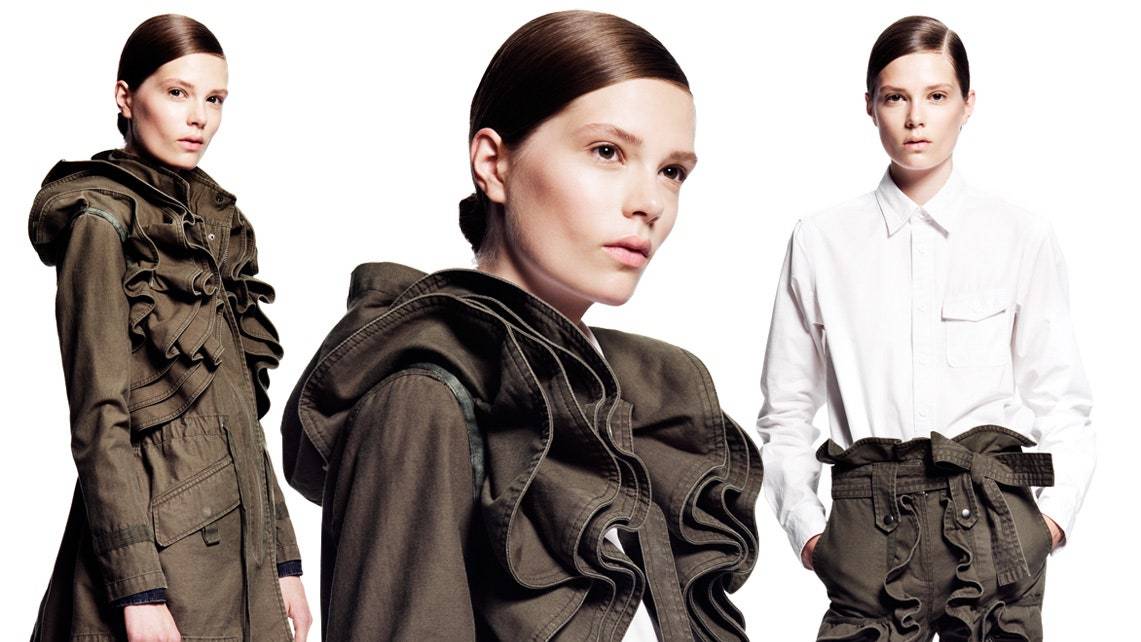How the latest exhibition at the V&A is a striking reminder, that quality clothes are for keeps.
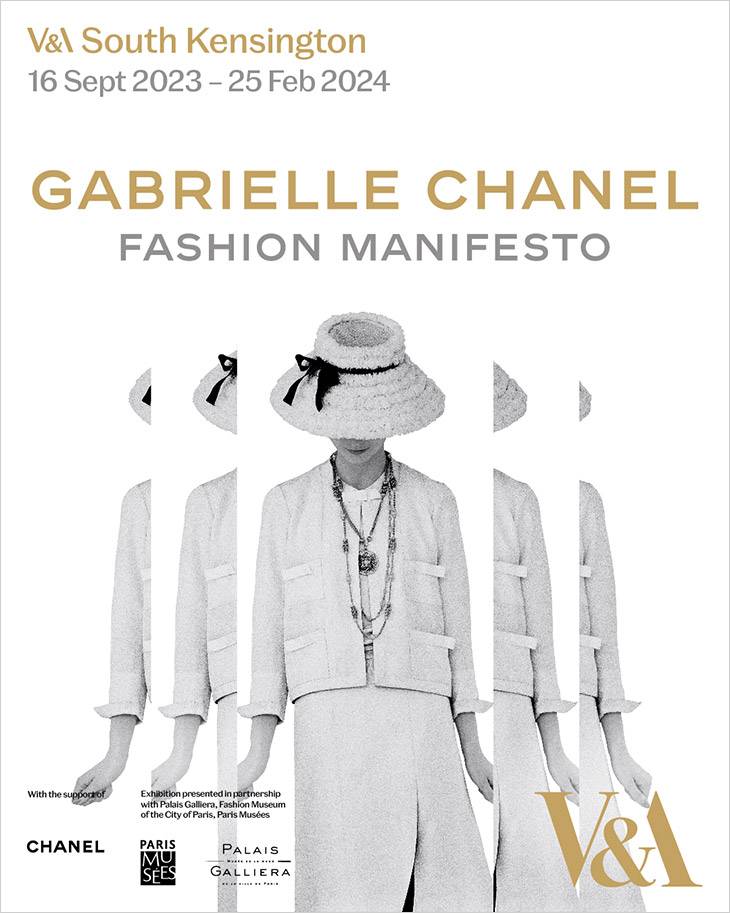
If there is one unfaltering fashion brand which has stood the test of time, it is Chanel. Consistently classic and continually coveted, this label has remained untarnished and pretty much unrivalled, for over a century.
I was lucky enough to go and see the latest exhibition at the V&A, in its opening week. It was as enchanting as I had hoped. ‘Gabrielle Chanel, Fashion Manifesto’ is a beautiful reimagining of an exhibition which originally took place in Paris, in 2020, showcasing 200 Chanel looks. Starting with her millinery boutique in Paris, through to her very last collection from 1971, which she was still working on when she passed away that year.
Not only is this exhibition a comprehensive curation of clothing, it also gives us an in-depth narrative on Gabrielle “Coco” Chanel herself, the woman who created this oh-so-iconic label. Raised as an orphan, and taught how to sew by Nuns, Chanel went on to become a successful socialite, with many still pondering if she was actually a wartime spy for the Germans. At the young age of 27, she opened her first ever boutique (with the financial assistance of her wealthy lover) at 21 Rue Cambon, in Paris. A pioneering business woman, she remained unmarried all of her life. She was as much an inspiration for female independence, as she was for fashion.
Her style and designs quickly became popular all over Europe, for their simplistic elegance and exceptional high quality. To see so many pieces on display at this exhibition is testament to just how long good quality clothing can live. Understandably, when you buy well made clothes, you look after them carefully, and they pay you back with durability. All the exhibits were in stunning condition. I’m sure some of the more delicate pieces wouldn’t fare too well if you were to pop one on today for an all night party, but, on the whole, they still hold their style, their wearability and all the wonderful details with which they were made.
The palette of this exhibition was delicious, like an ice cream parlour. Colour blocked by room, starting with creamy vanilla from Chanel’s early beginnings, sprinkled with some sugary sweet pastels. The room of suits (arguably her most iconic look, and the most talked about room in the exhibition) is a feast for the eyes. Show stopping cabinets of colour; sorbet brights and pops of bold berry tones, all standing to attention hoping you’ll choose them as your favourite flavour. It wouldn’t be a Chanel exhibition if it didn’t feature black. A colour only really worn for mourning until Chanel made it a go to look for understated glamour. We also see examples of Chanel’s skincare, bags and jewellery. This woman was aware that beauty and fashion sell, and she evidently knew how to build a brand which everyone would want.
The final room made me gasp out loud. I do like a bit of theatrics in a fashion exhibition. The sweeping staircase mimicking her original Rue Cambon boutique, made me feel like I had waltzed onto the set of a 1950’s Hollywood musical. Spellbinding. Exhibitions have a wonderful way of absorbing us into another time and place, and this one did that superbly. ‘Gabrielle Chanel, Fashion Manifesto’ is a gorgeous trip along the timeline of this brilliant brand. One which still has a heartbeat as strong as when it first began. Very much worth a visit.
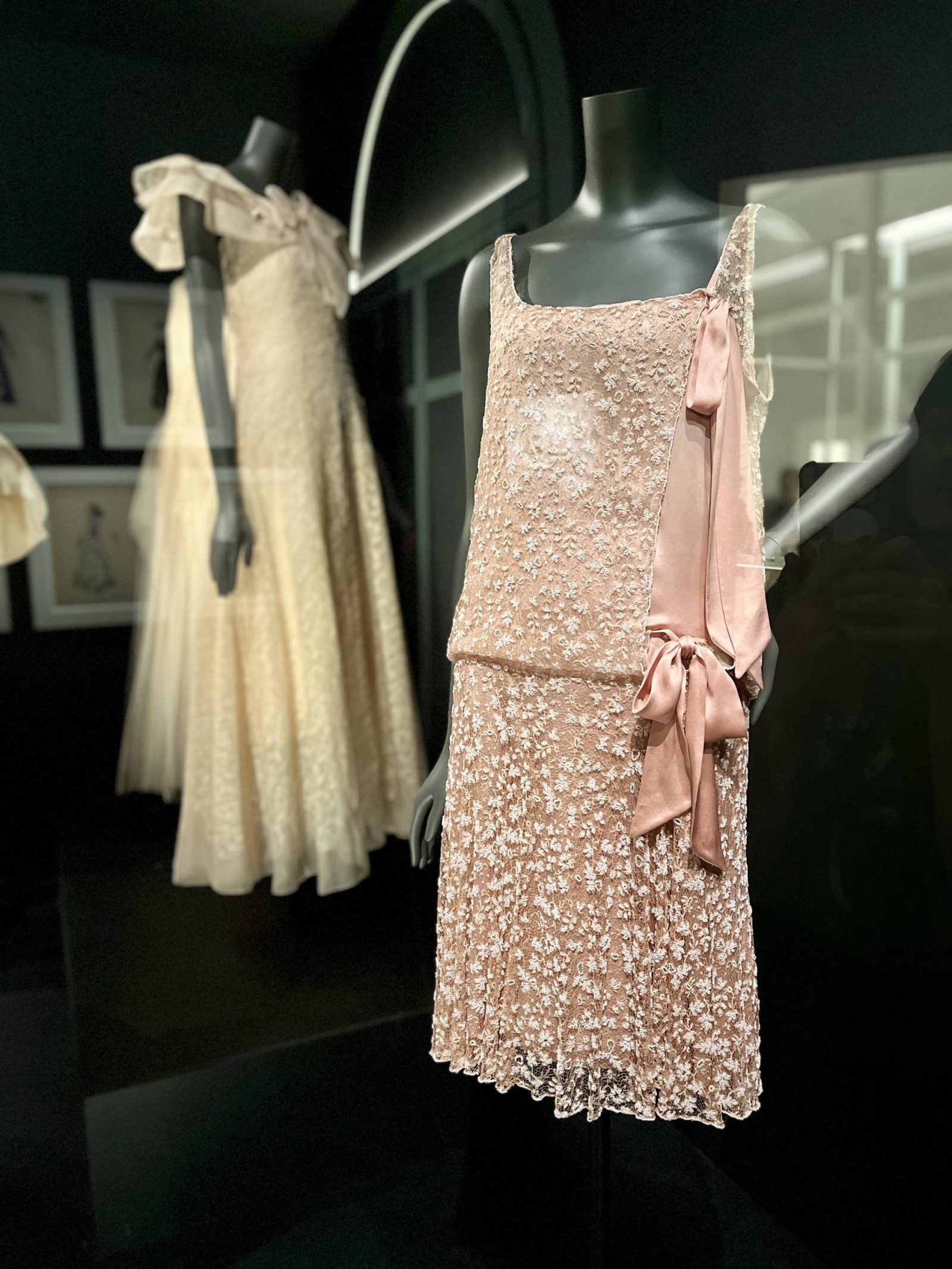
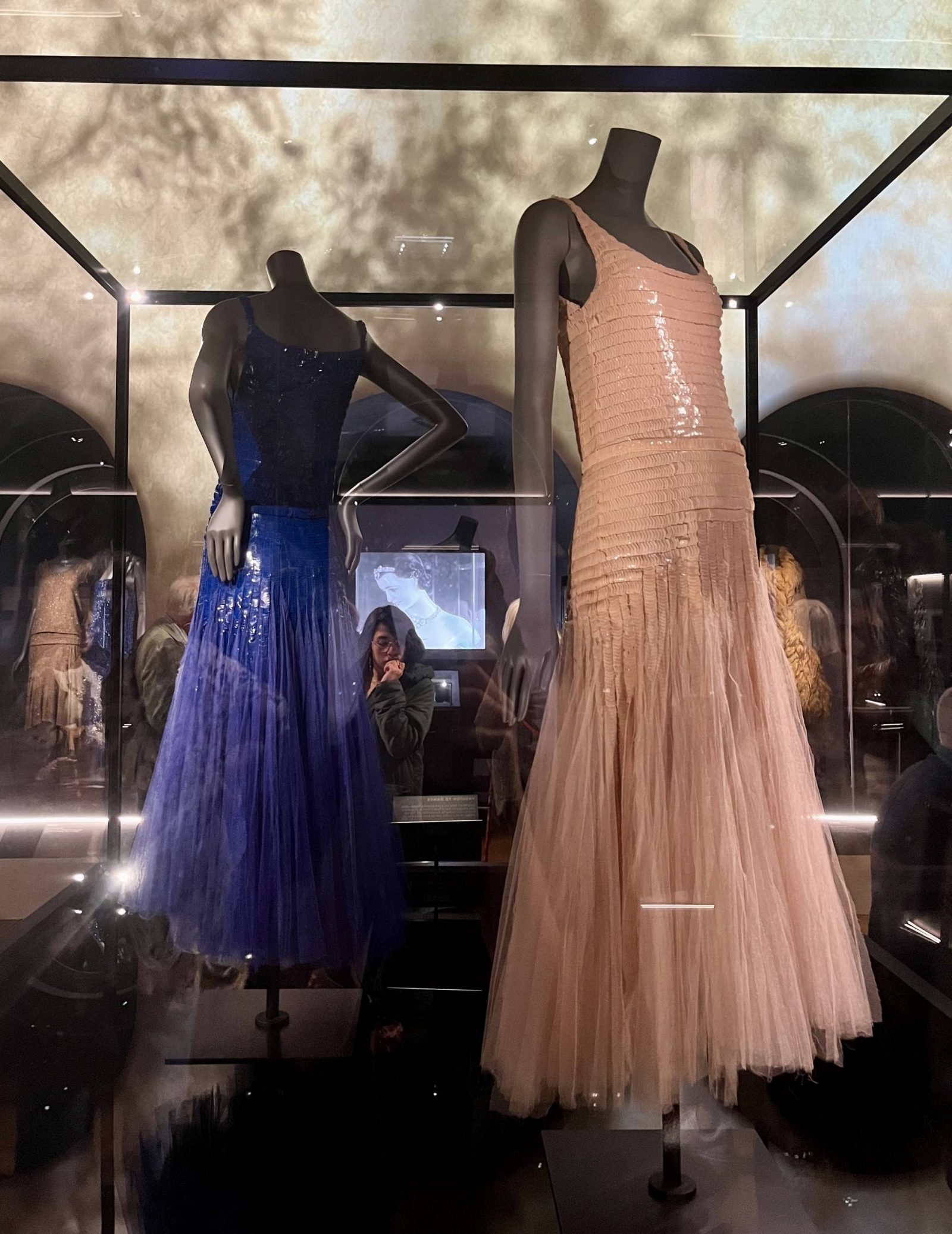
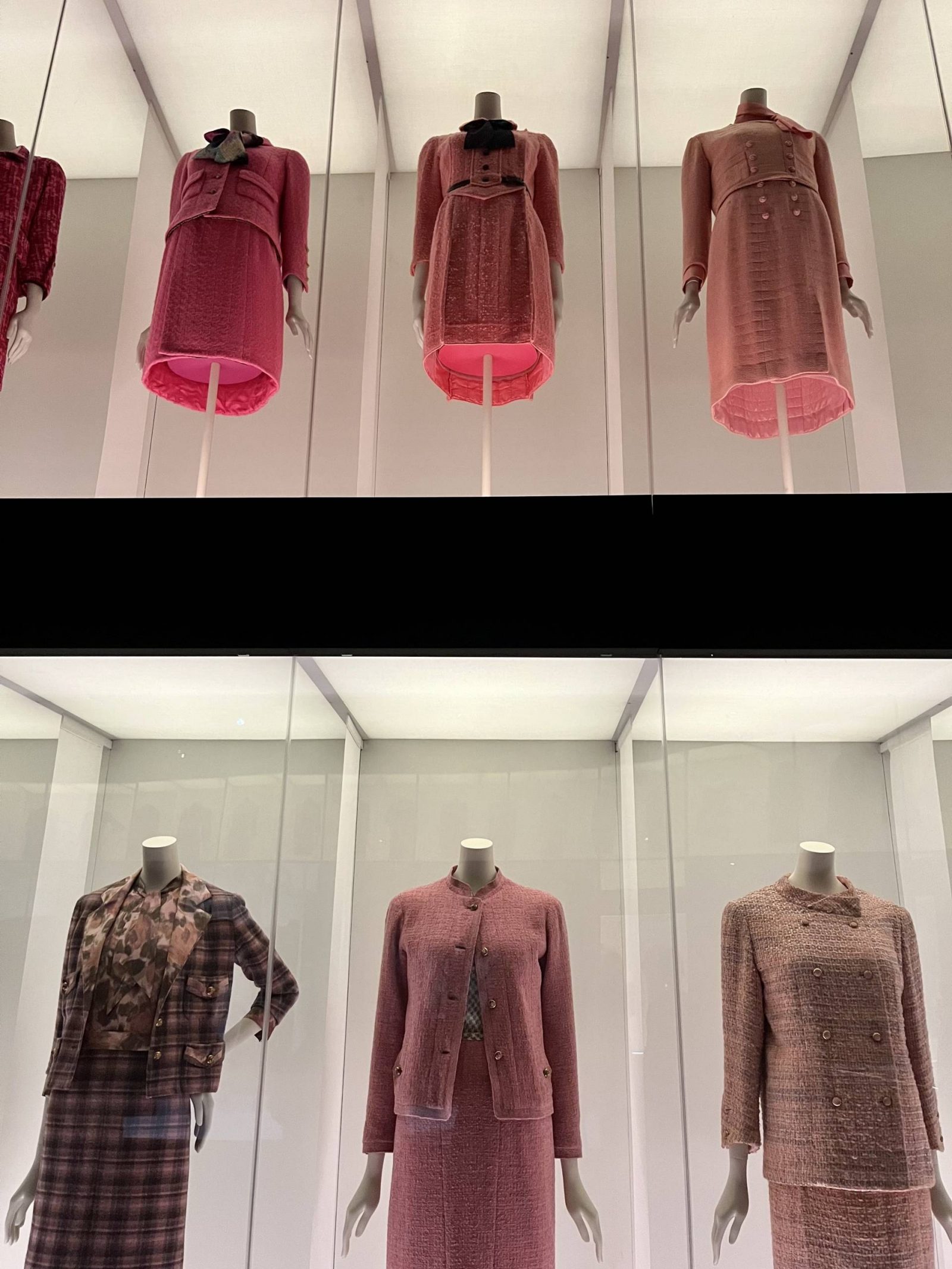
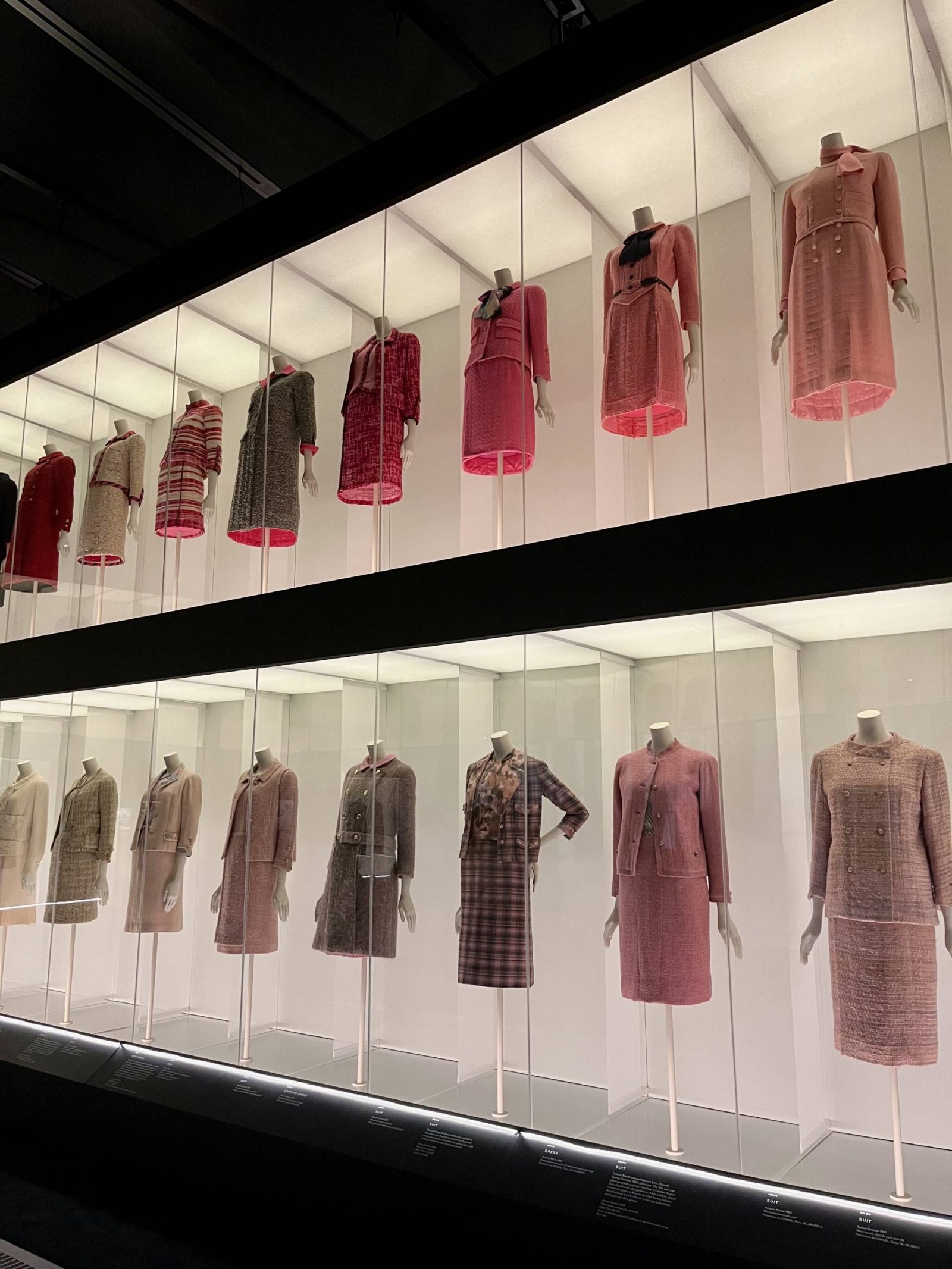
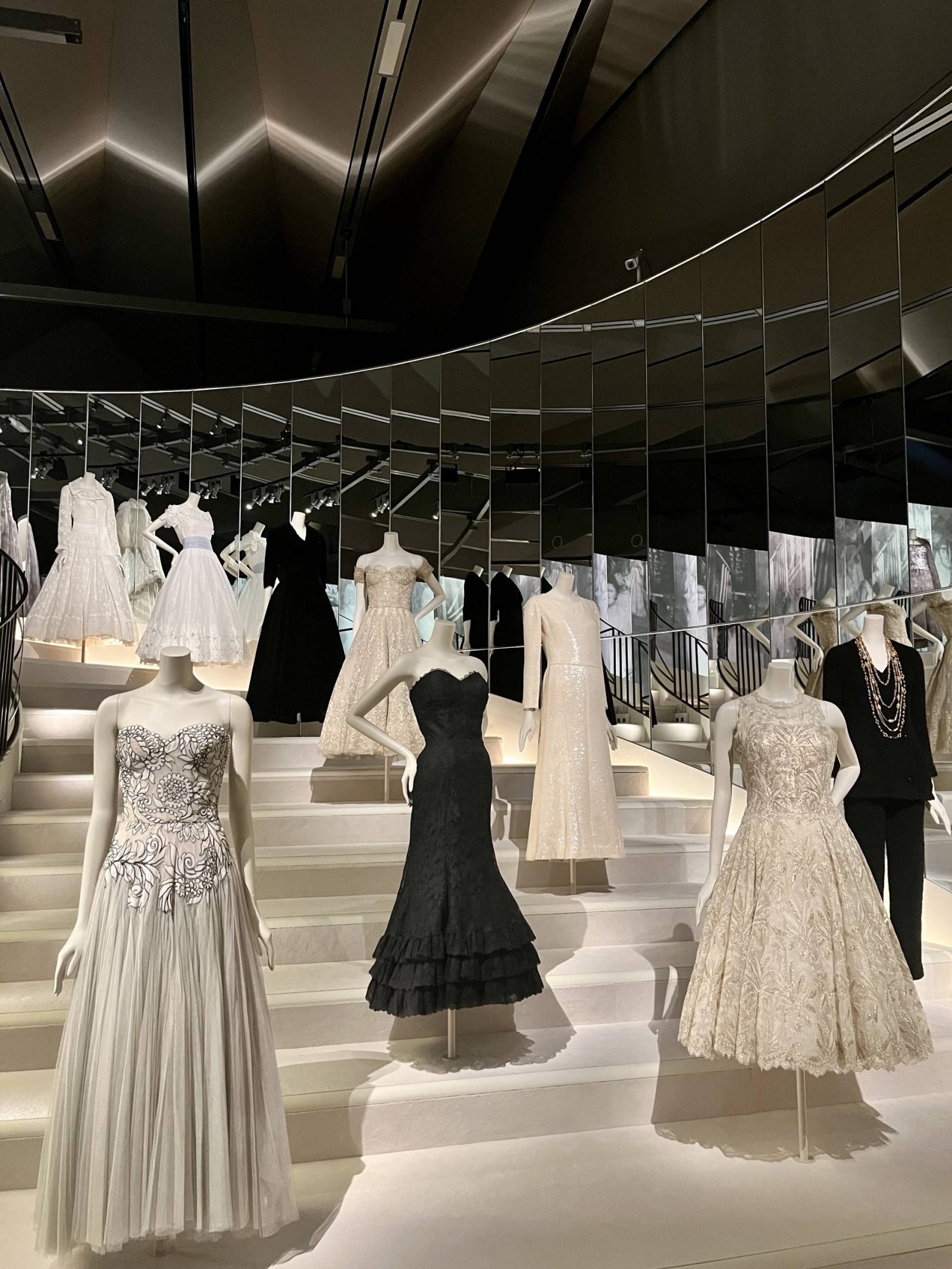
‘Gabrielle Chanel. Fashion Manifesto’ is at the V&A until February 25th, 2024.
All photos by me.

